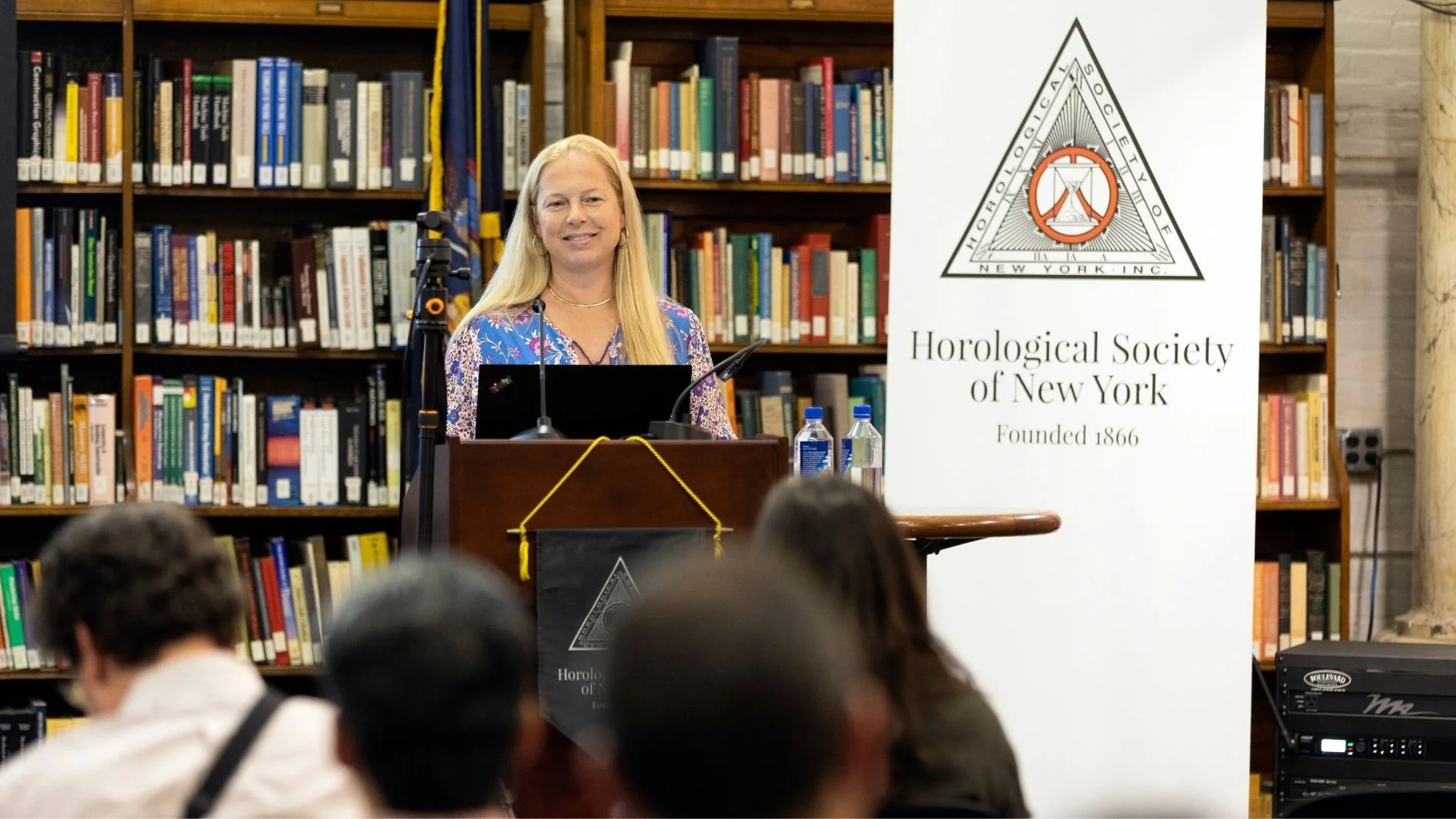Meeting Recap: The Quartz Crisis: A Tragic Decade for Swiss Watchmaking
Hyla Ames Bauer, Watch and Jewelry Writer (New York, New York)
September 7, 2022
Video recordings of lectures are available to members immediately (using your membership password), and to the general public with a two-month delay.
The Horological Society of New York (HSNY) lecture series returned after summer break with Hyla Ames Bauer, New York-based watch and jewelry writer, lecturing on the quartz crisis that hindered the Swiss watchmaking industry.
The “Before” Times – Swiss and European Watchmaking
Bauer began the lecture with the passing down of watchmaking skills to the next generation, the unique location of the Jura Mountains that provided natural light watchmakers took advantage of due to no electricity, and the key players in the watch industry that made their unique mark: Abraham-Louis Breguet, world-renowned for inventing the tourbillon and self-winding timepieces; Louis Cartier, designer of the ‘Santos’ for his friend Alberto Santos Dumont, an air pilot who couldn’t see his pocket watch while flying; and Hans Wilsdorf, who contacted Mercedes Glietze (the first woman to successfully swim the English Channel) to back his claim that the Rolex Oyster watch was ‘The World’s First Waterproof Watch Case.’
How does a quartz watch differ from a mechanical one?
Bauer went on to explain that mechanical watches depend on outside sources of energy such as manual or automatic winding. The quartz, however, has its energy source within the watch and does not require winding by the watch wearer. Scientists Marie and Pierre Curie found that “…if a quartz crystal was hit, it turns the energy of the impact into electricity. This quality is called piezoelectric. It’s an electric charge that accumulates after some mechanical stress is applied. When a piece of quartz is compressed or bent, it generates an electric charge on its surface. It can also work the other way if a small electric charge gets on to the surface of the quartz, it will vibrate.”
For perspective, Bauer displayed a list of comparative vibrating frequencies to the quartz:
Hummingbird — 70 times/sec
Bees — Up to 230 times/sec
Tuning Forks — 256 to 512 times/sec
Quartz Watch Crystal — 32,768 times/sec
Also, due to its durability and high resistance to temperature, quartz was the perfect material to use in a watch.
Early Quartz Movements in Switzerland / The Great Fall in the 1970s
Before quartz watches, all watches were mechanical. Switzerland did make quartz movements before the Japanese development, but it did not see Japan and its new technology as a threat. The creation of the Beta 21 Movement was Switzerland’s first quartz movement and was used in the Patek Philippe Reference 3587, the Omega Electroquartz, and the Rolex Oysterquartz Ref. 5100. However, only 6,000 Beta 21 movements were made because quartz was not a priority nor a threat to the Swiss industry. It was a miscalculation with dire consequences.
In 1972, about 86,000 watches were made annually in Switzerland (with its lowest number of 30,000 in 1982). Seiko’s Astron was the first Japanese watch on the market. It was a limited edition of 200 pieces and sold extremely well. Other quartz timepieces had digital displays that had more success than analog displays due to the different functions that could occur on the wrist. By 1979, Japan’s annual watch sales surged to about 60,000 in comparison to the Swiss industry’s 30,000.
Rebuilding Swiss Watchmaking – The Long Road to Recovery
For the Swiss industry to survive, it had to either consolidate, streamline, or update the marketing strategy of the watch industry’s heritage and quality, and most importantly, find solutions for affordable Swiss watch choices. On the marketing side, Nicolas Hayek revived the Swiss watchmaking industry with the ‘Swatch’ product; and within two years, sold 2,500,000 pieces. From1983 through 1985, Swiss production numbers increased, and the industry was on the road to recovery.
HSNY thanks Hyla Ames Bauer for her fascinating lecture!
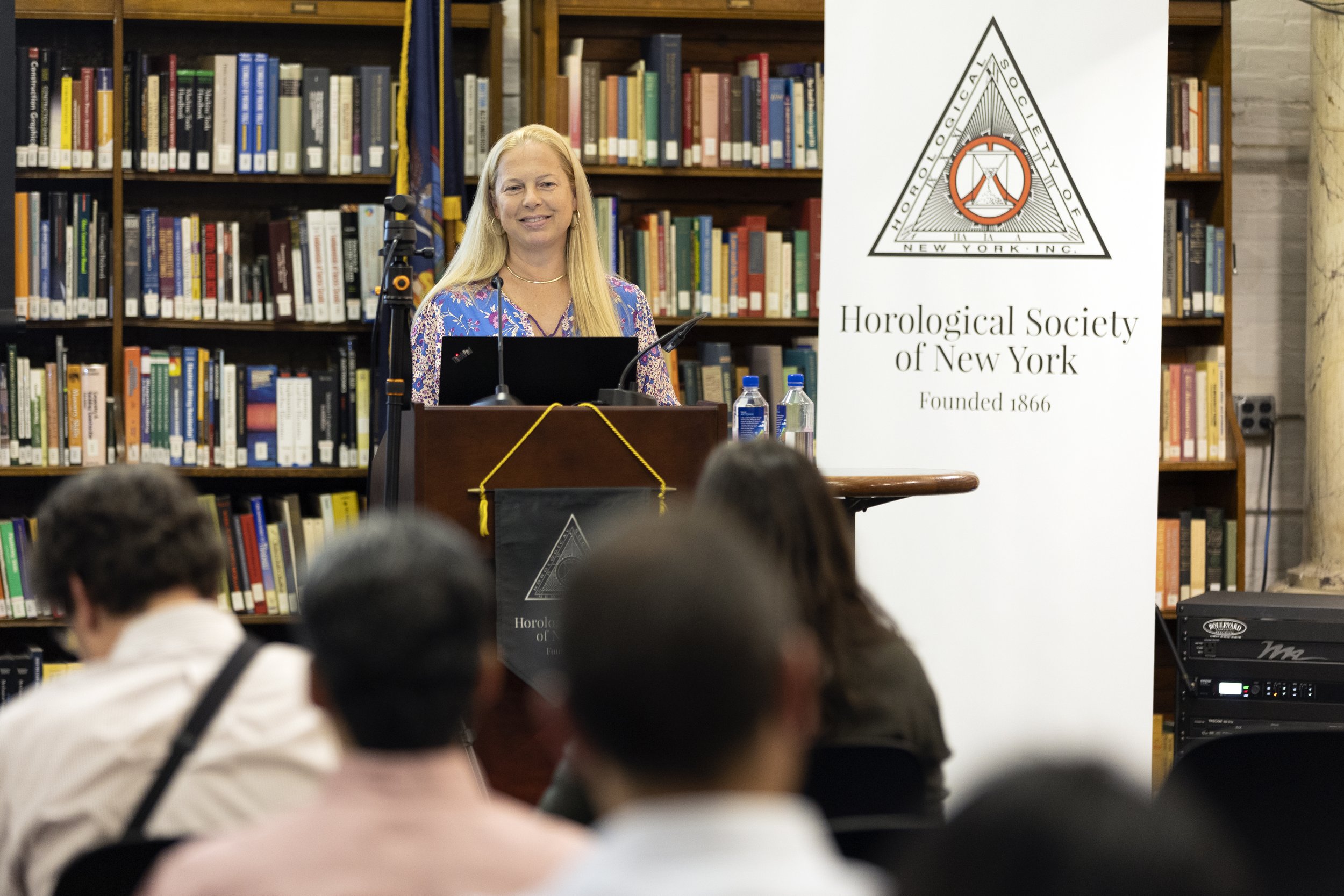
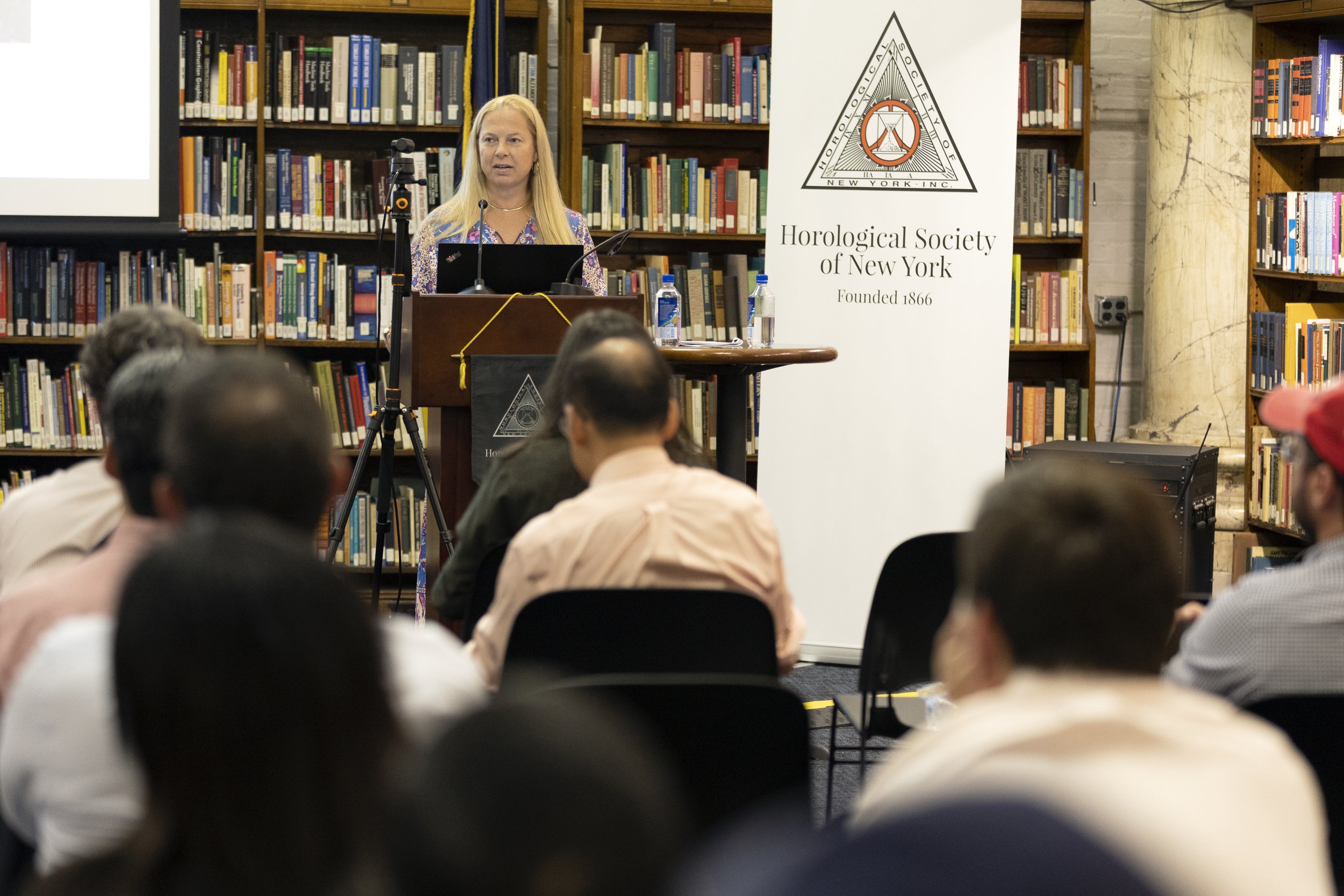
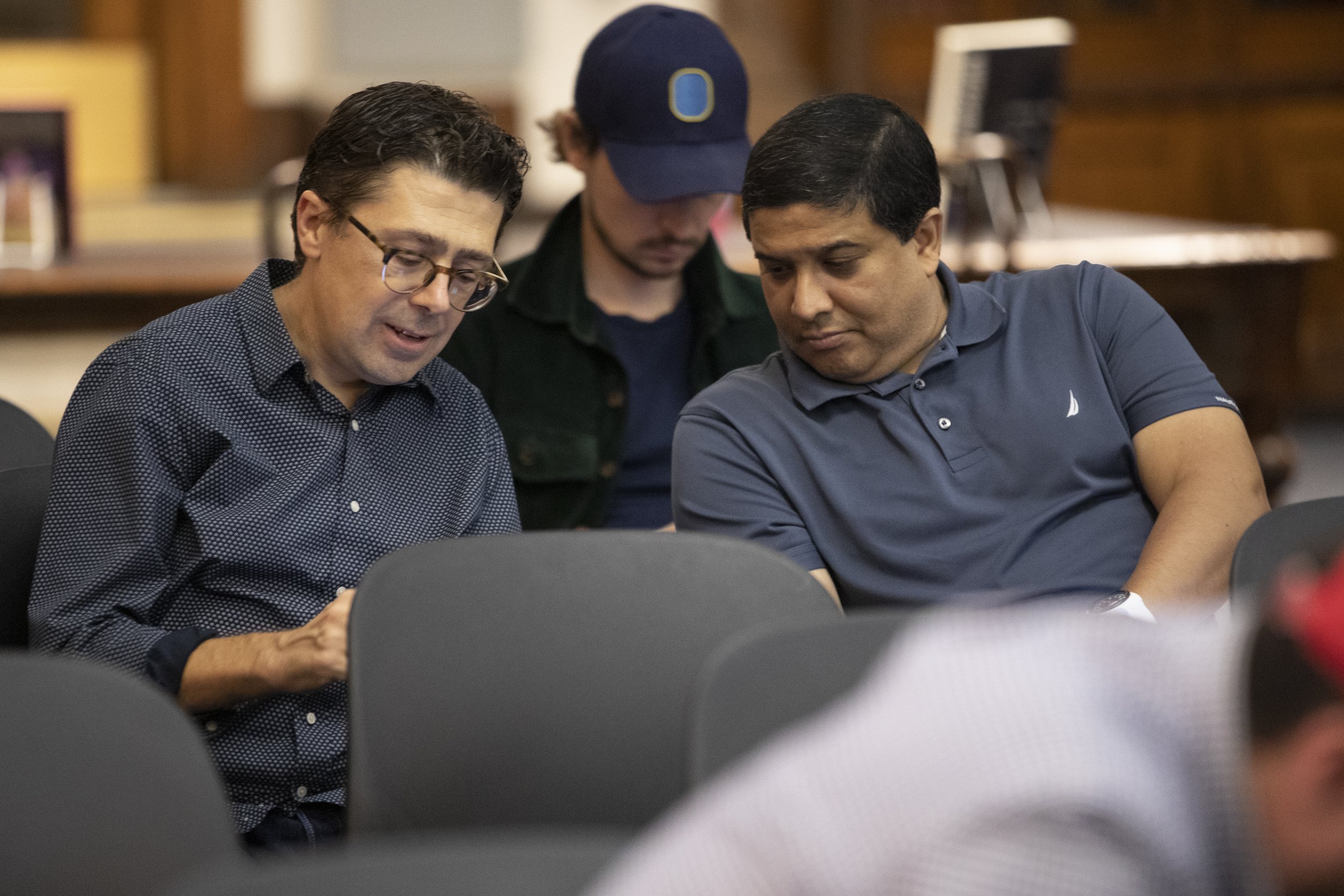
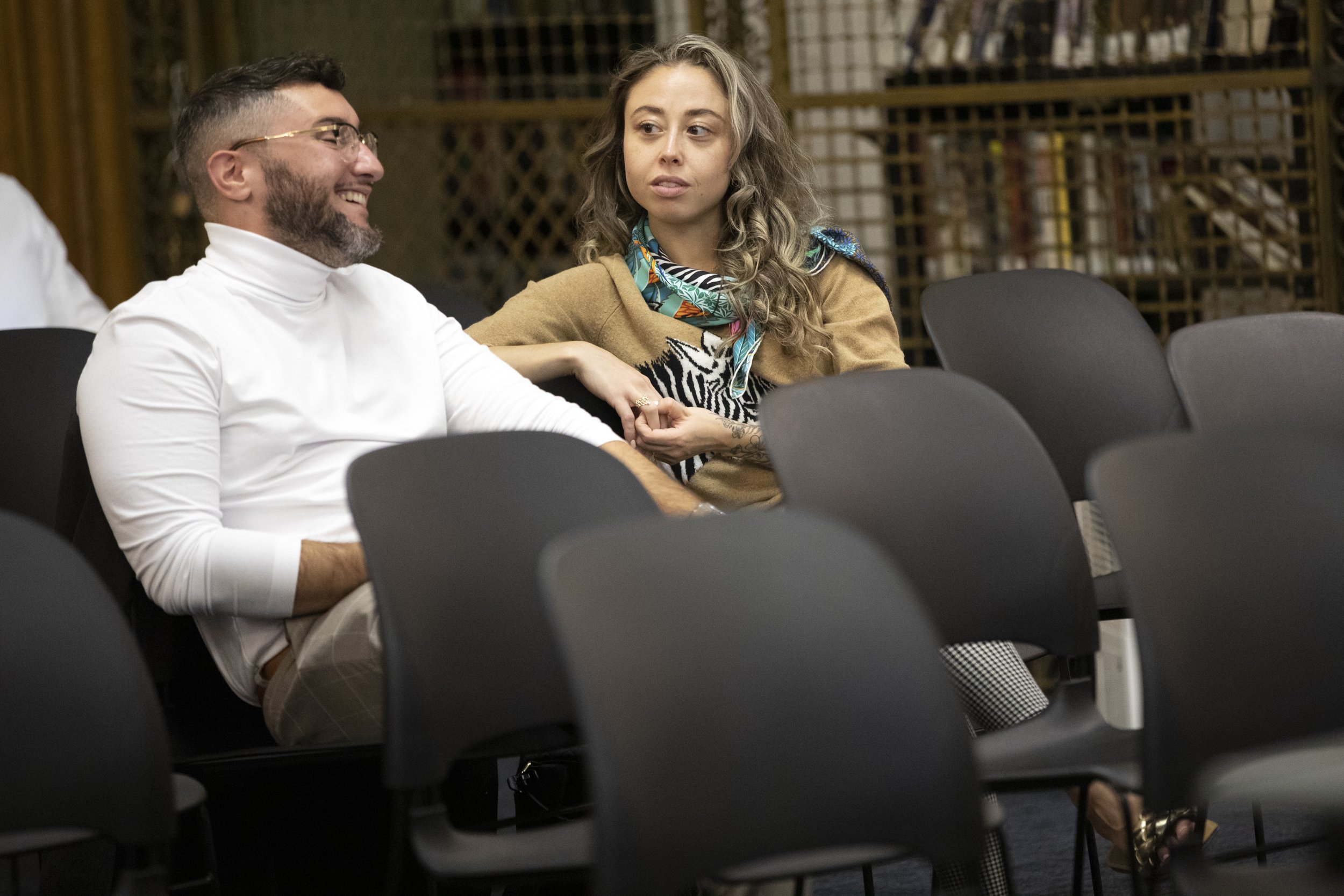
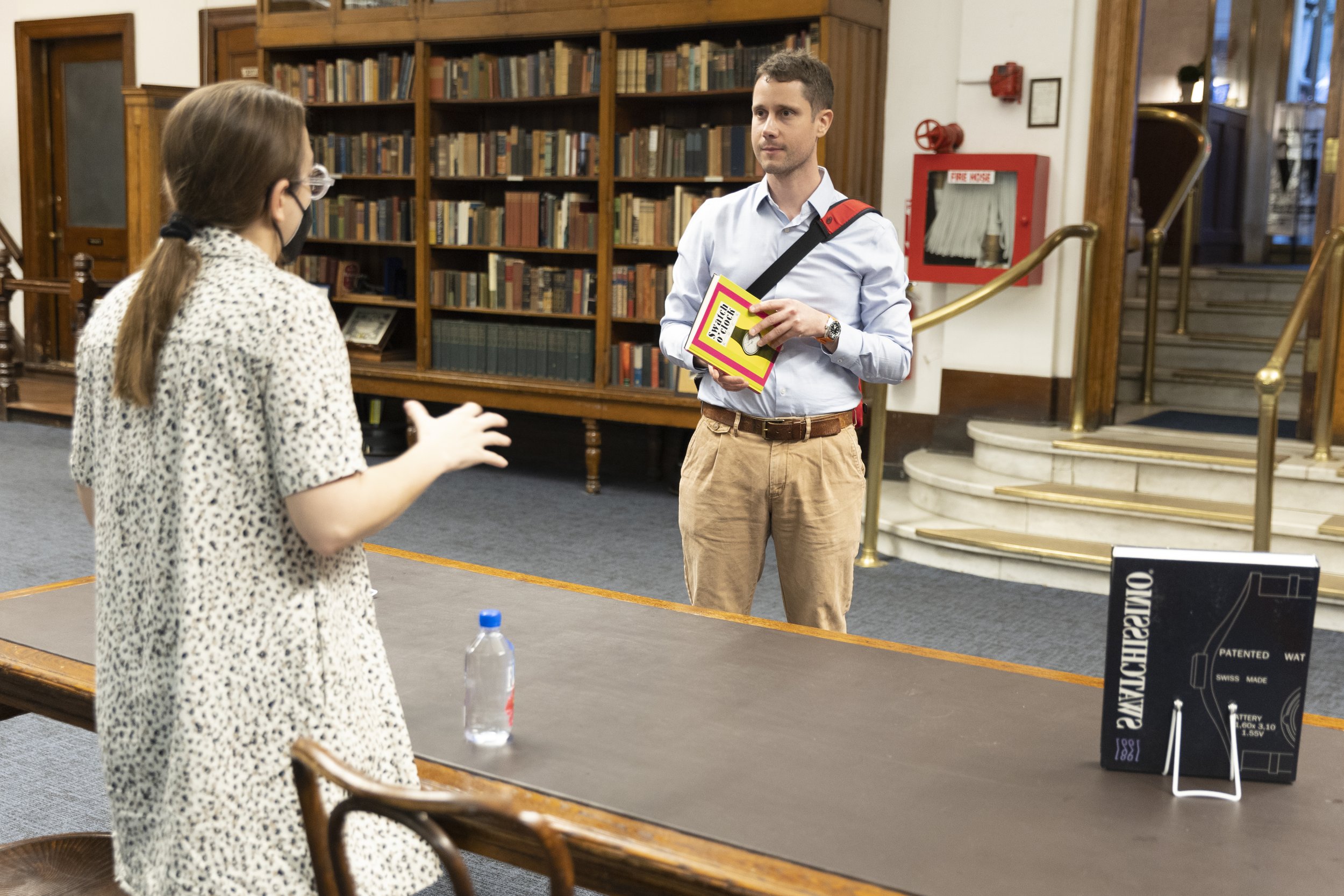
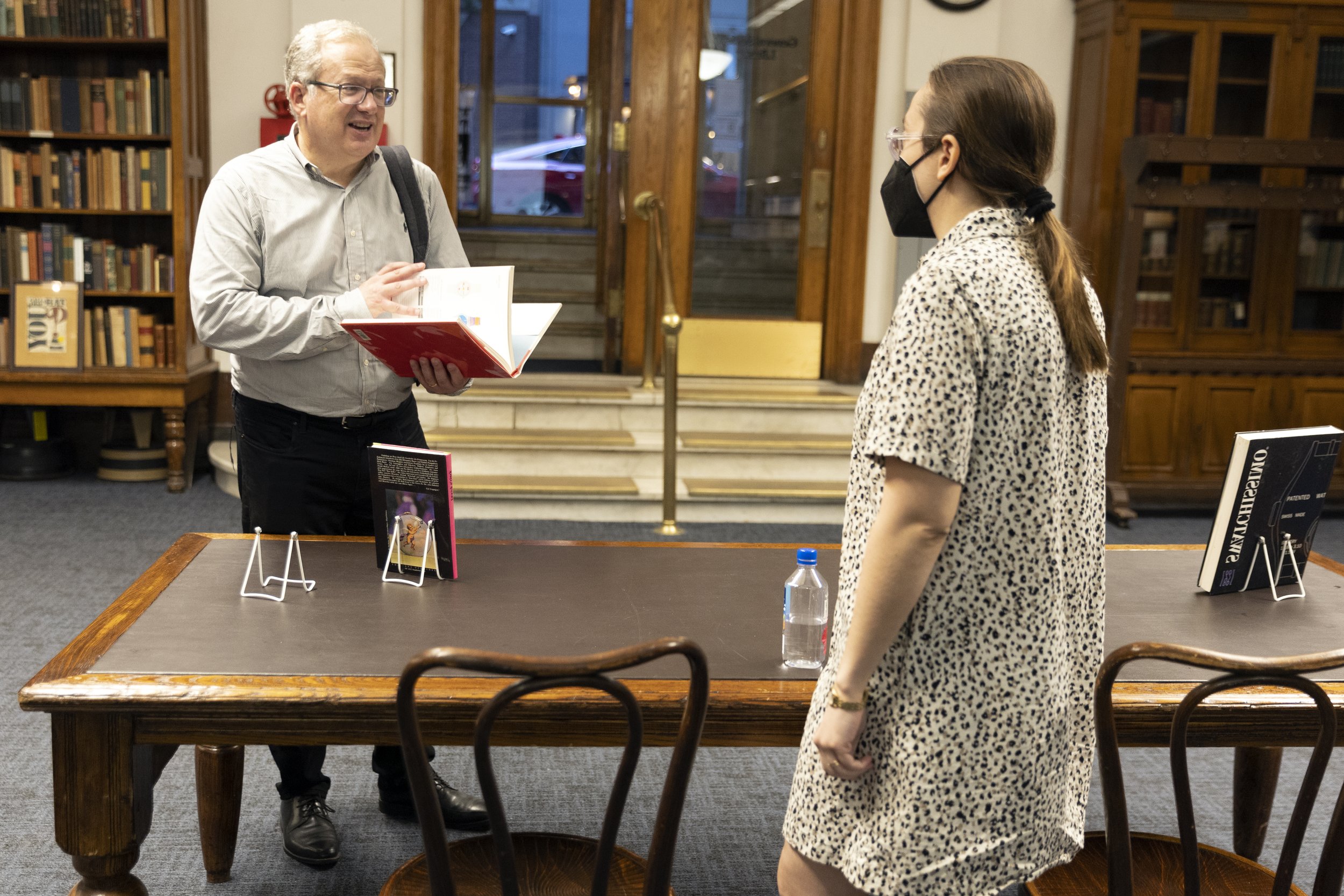
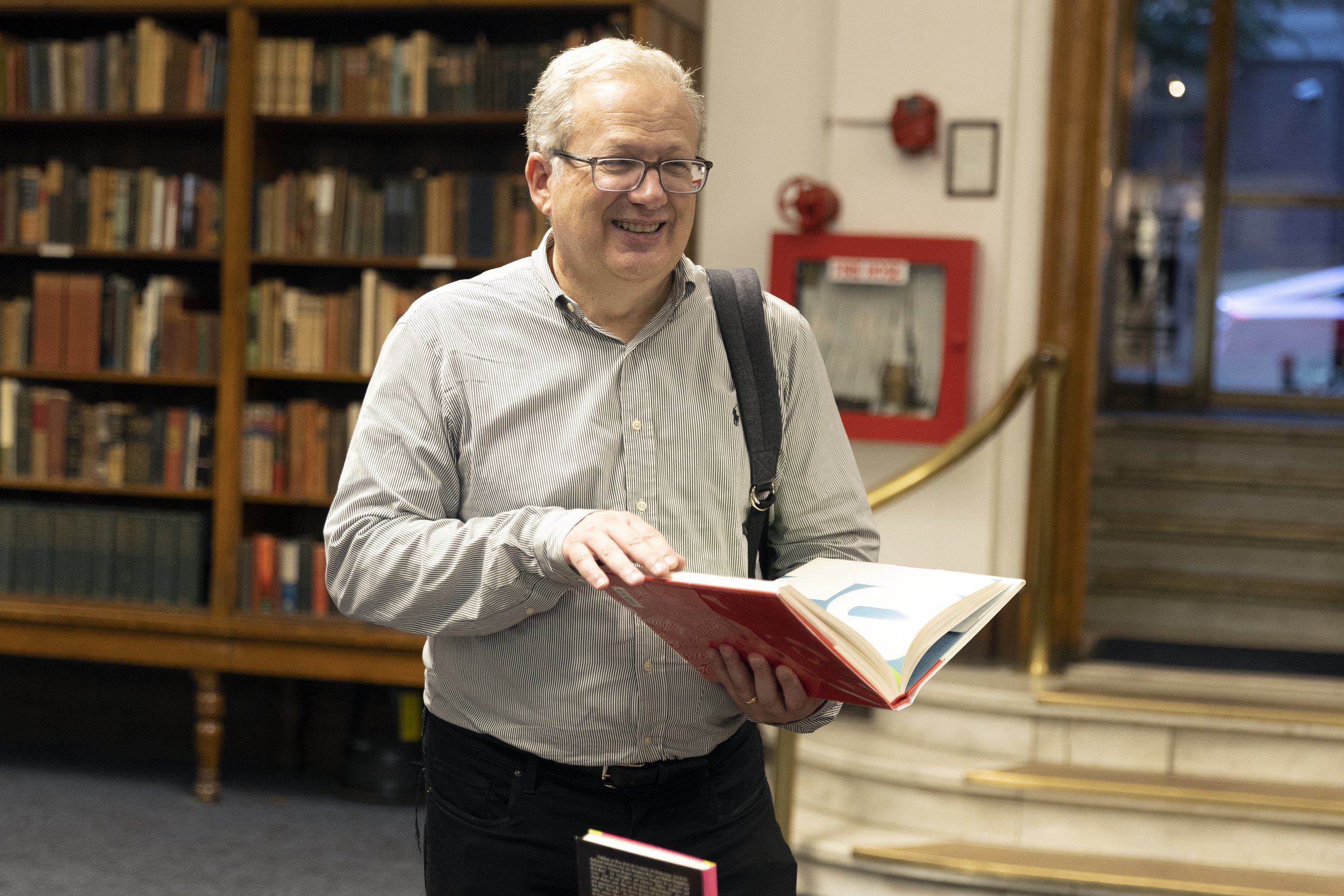
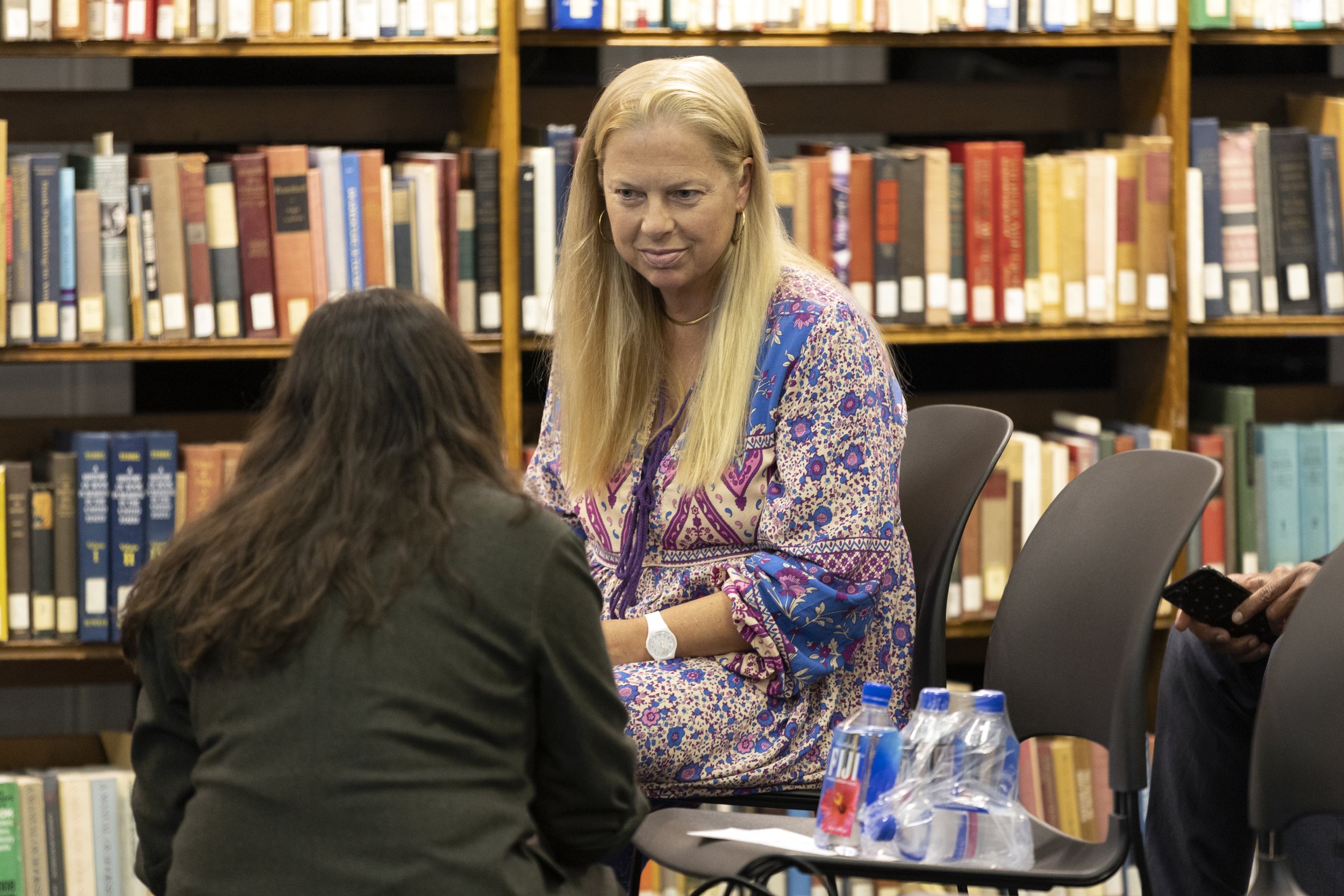
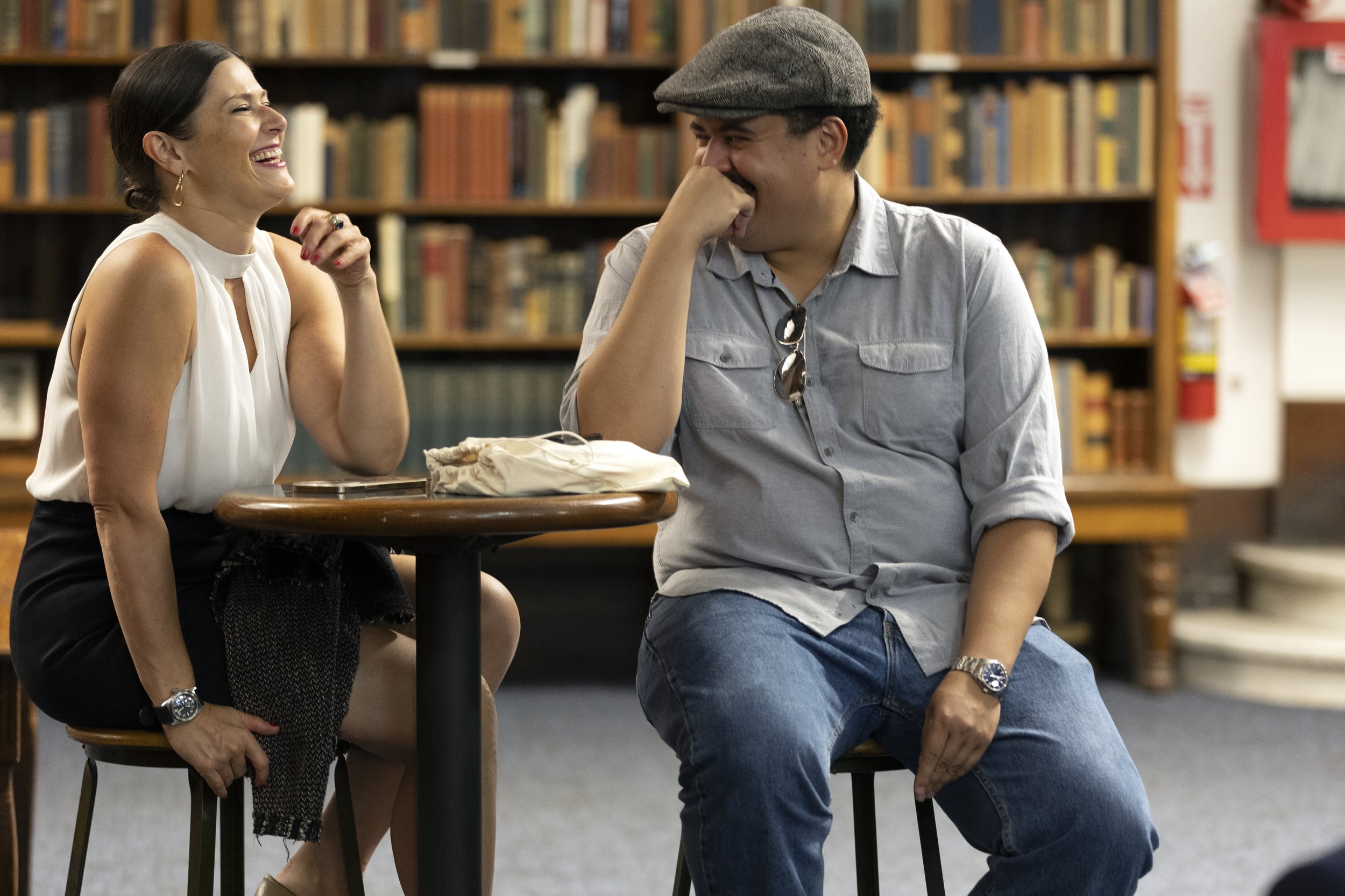
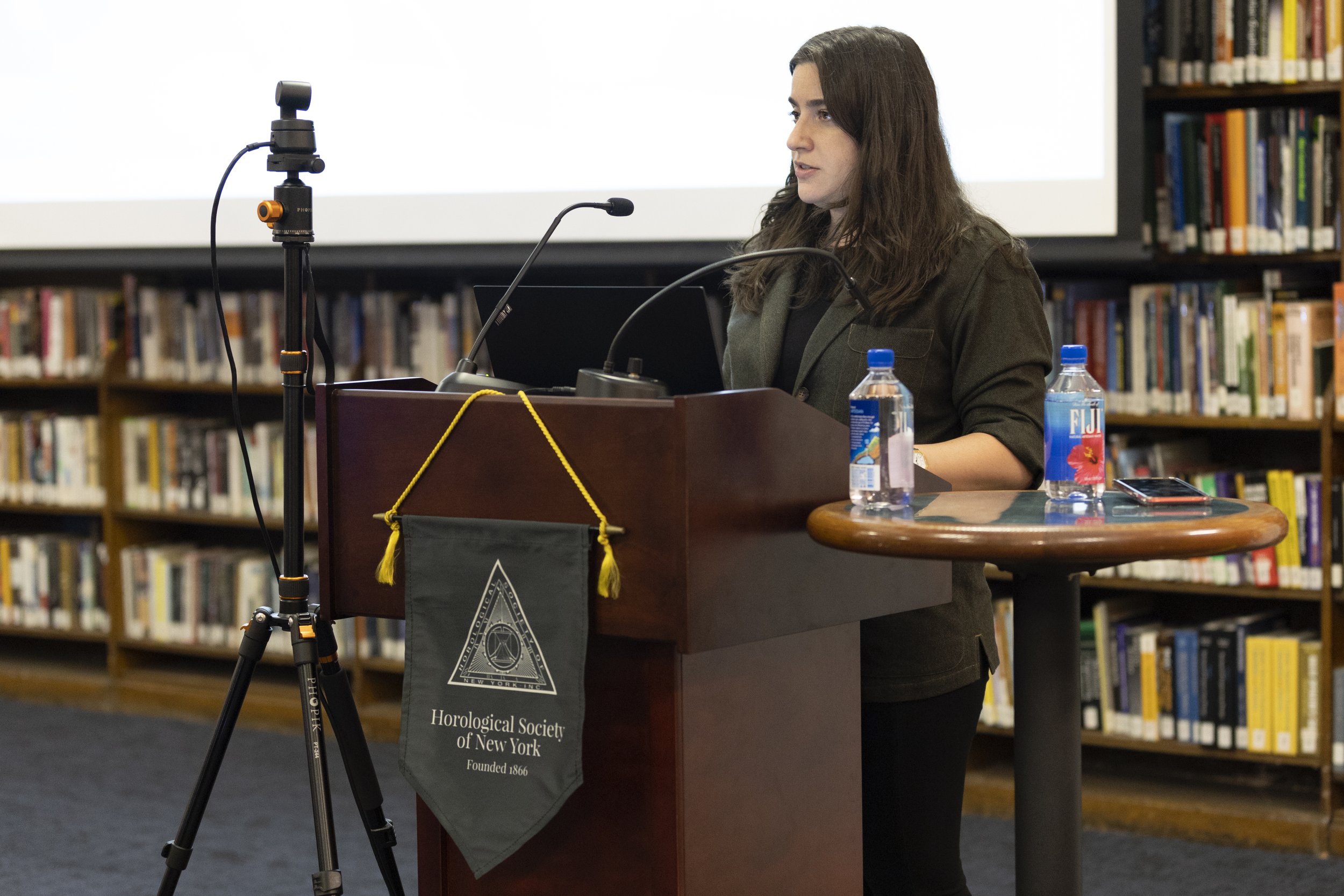

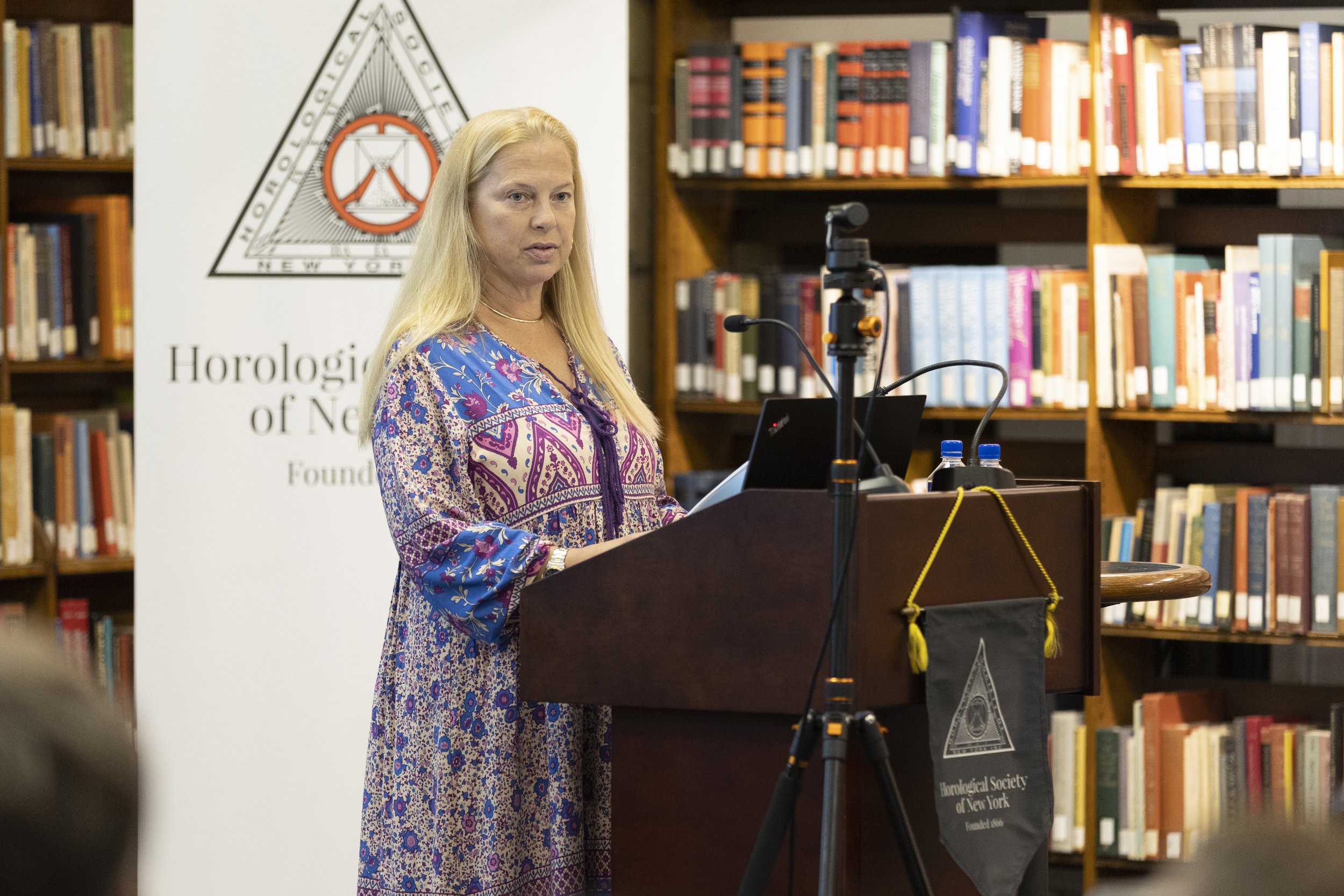
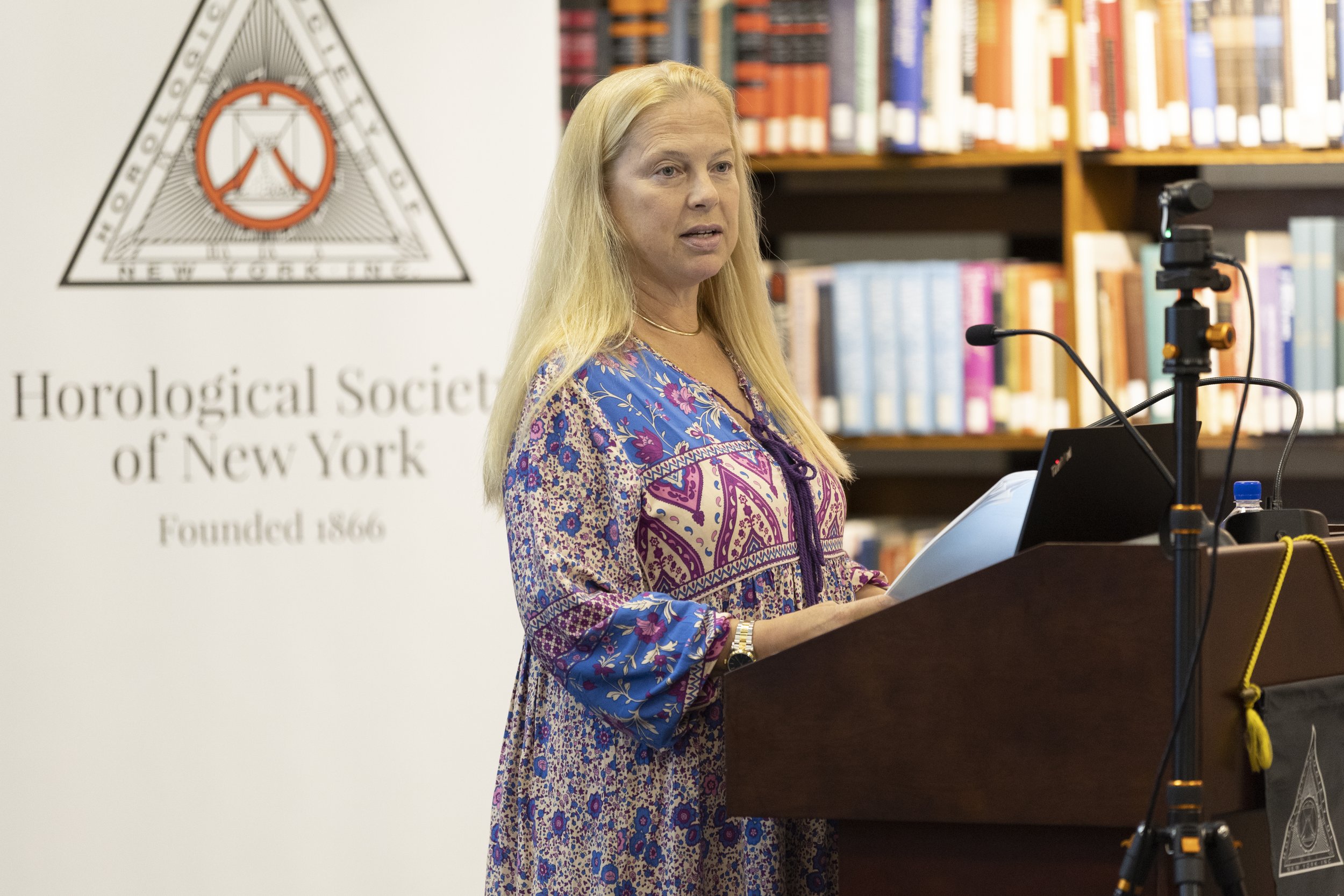
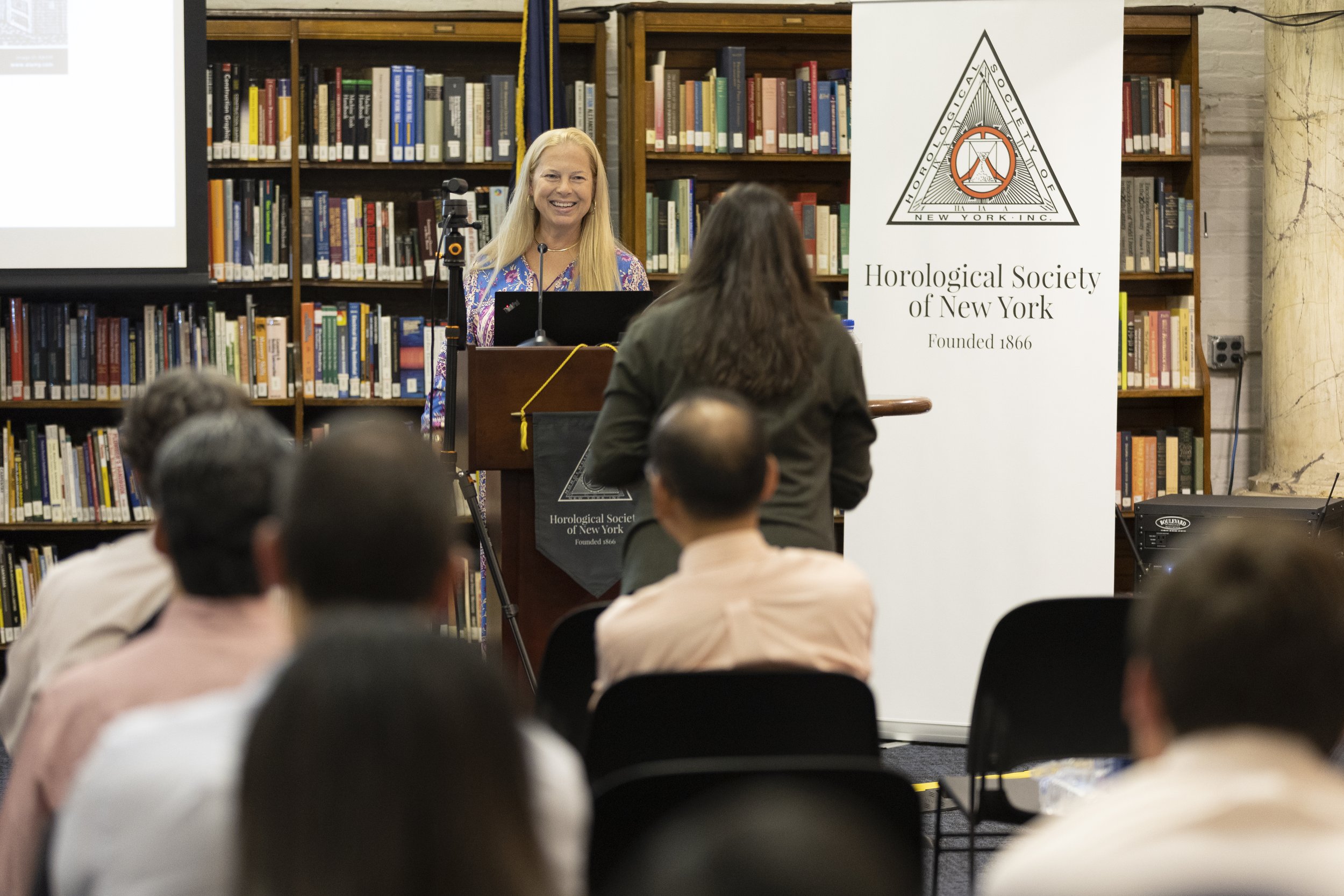
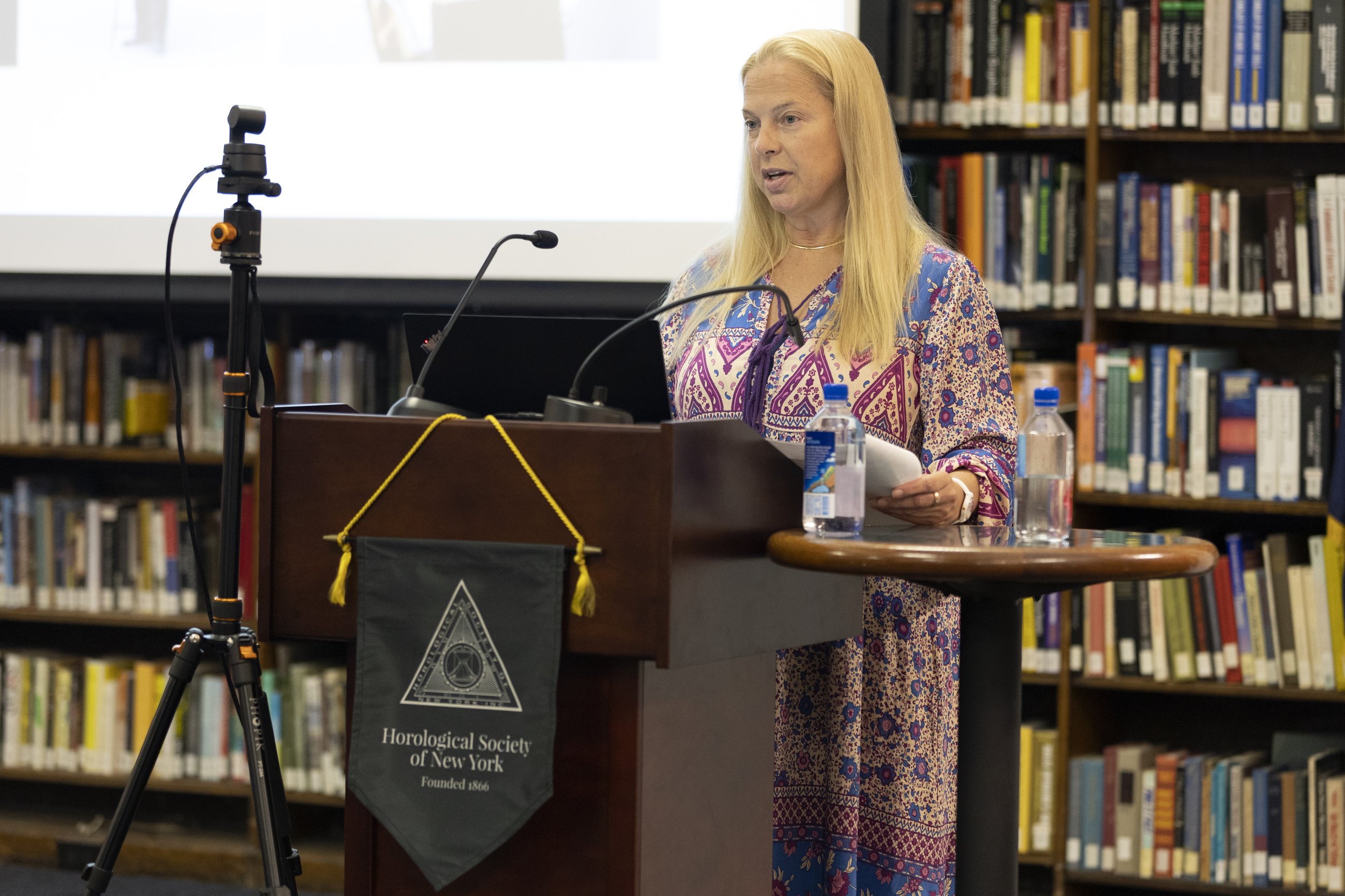
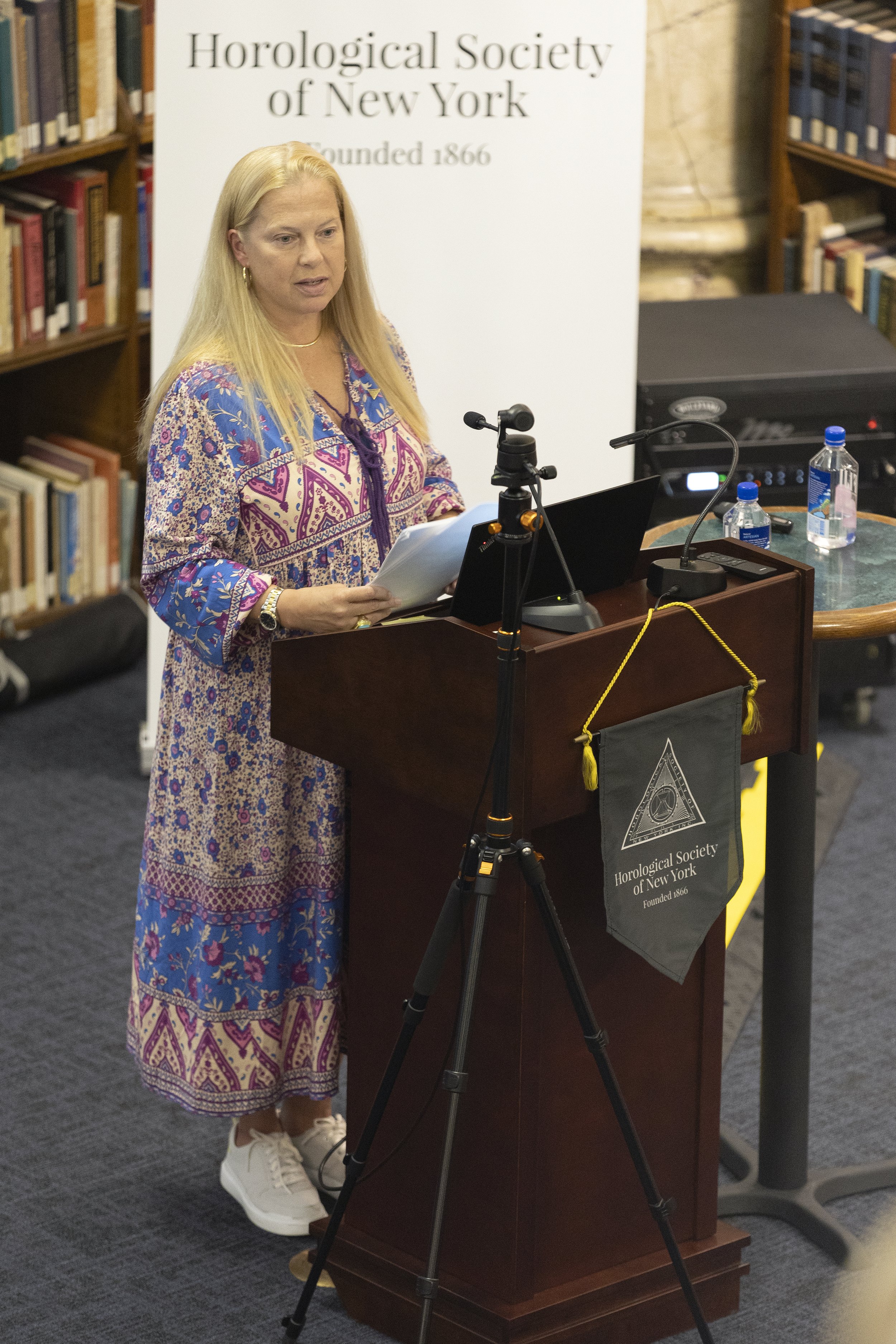

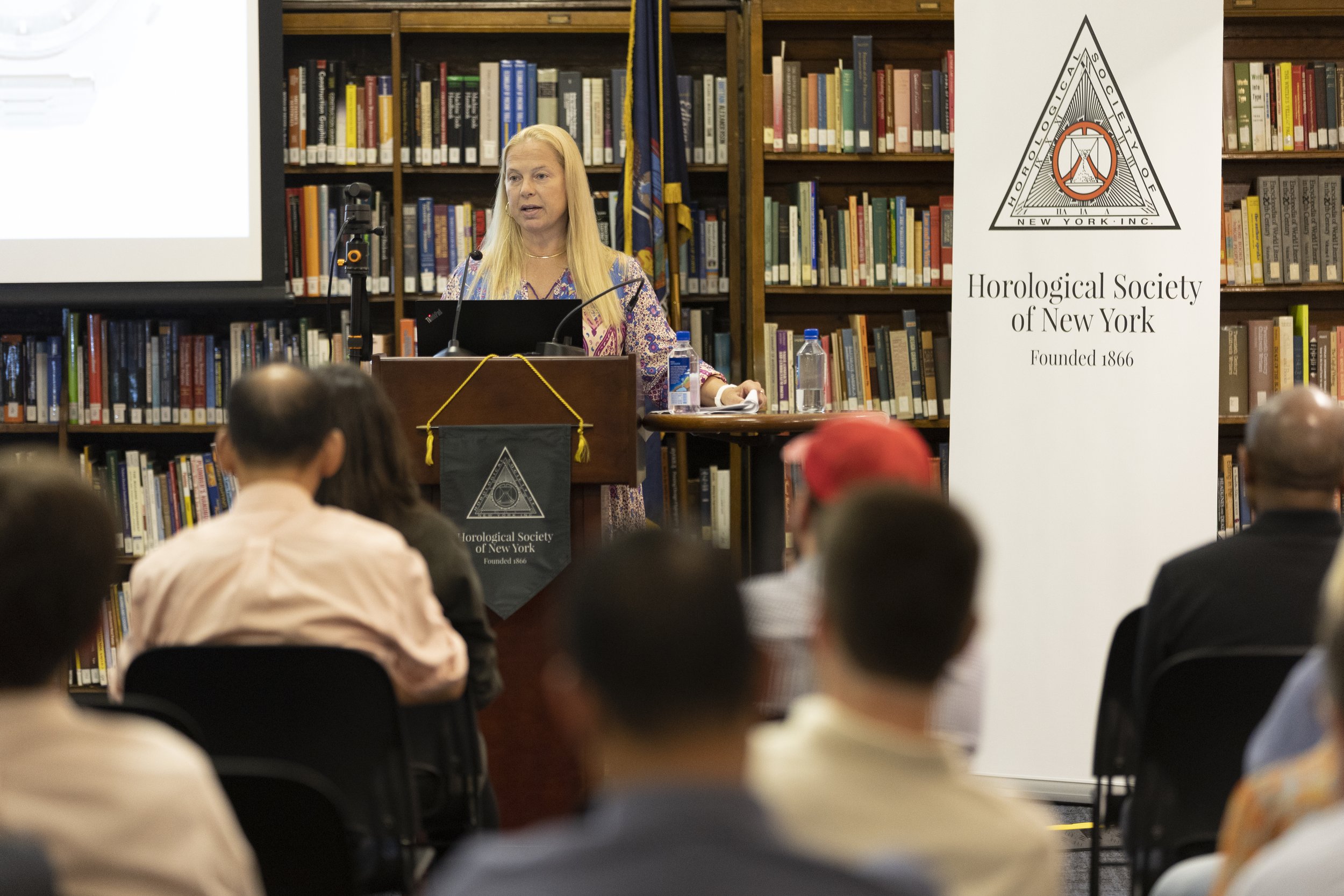
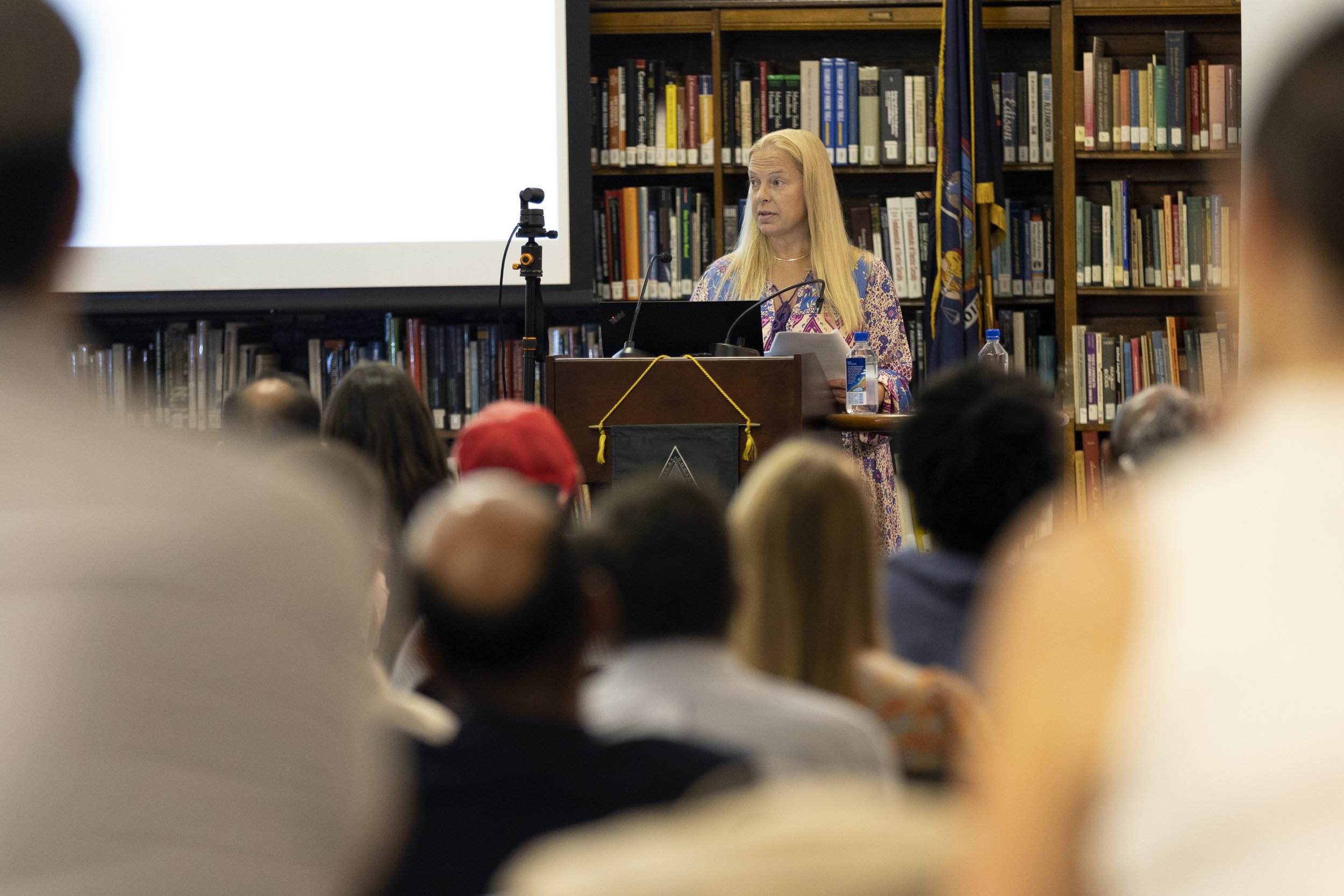
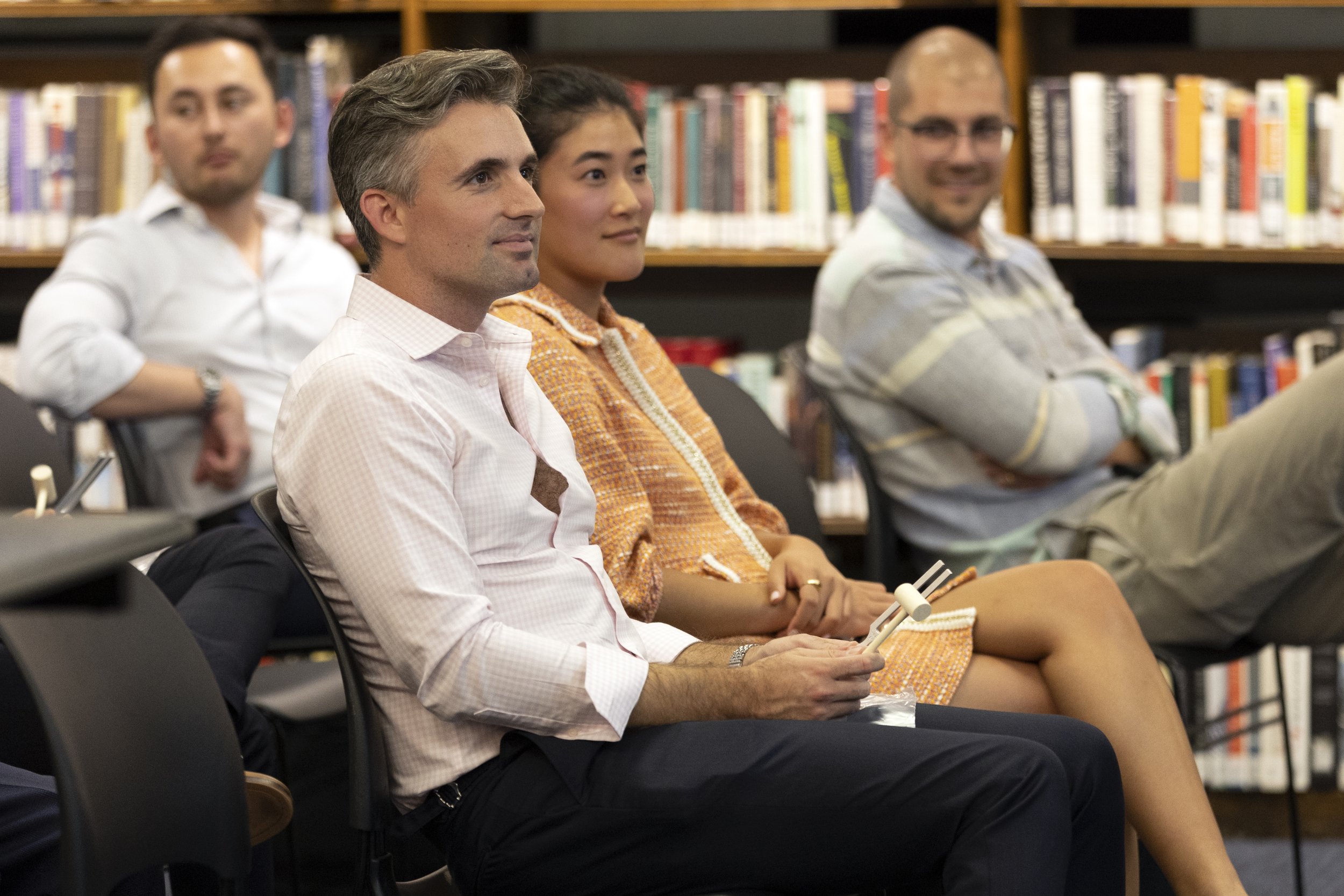
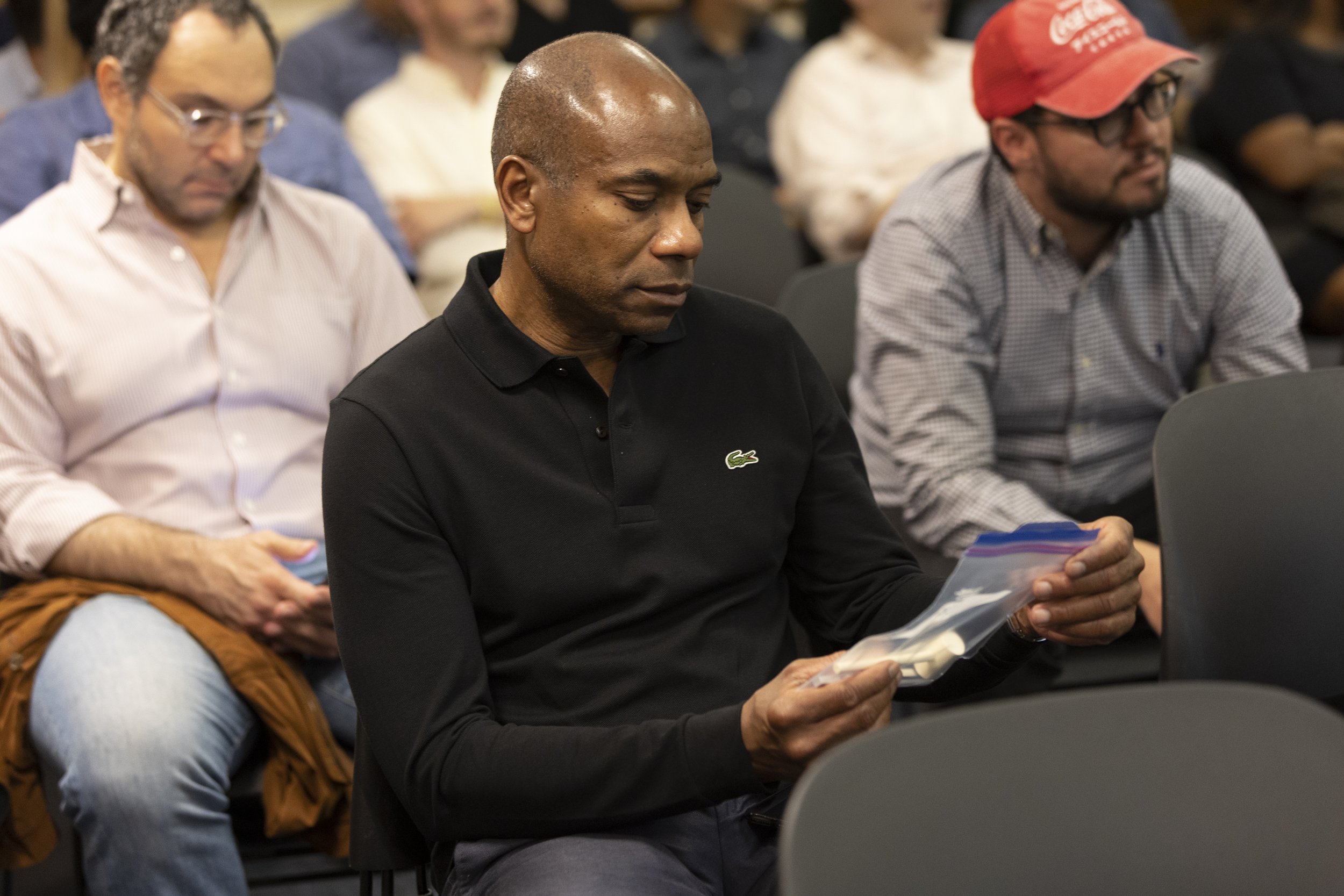
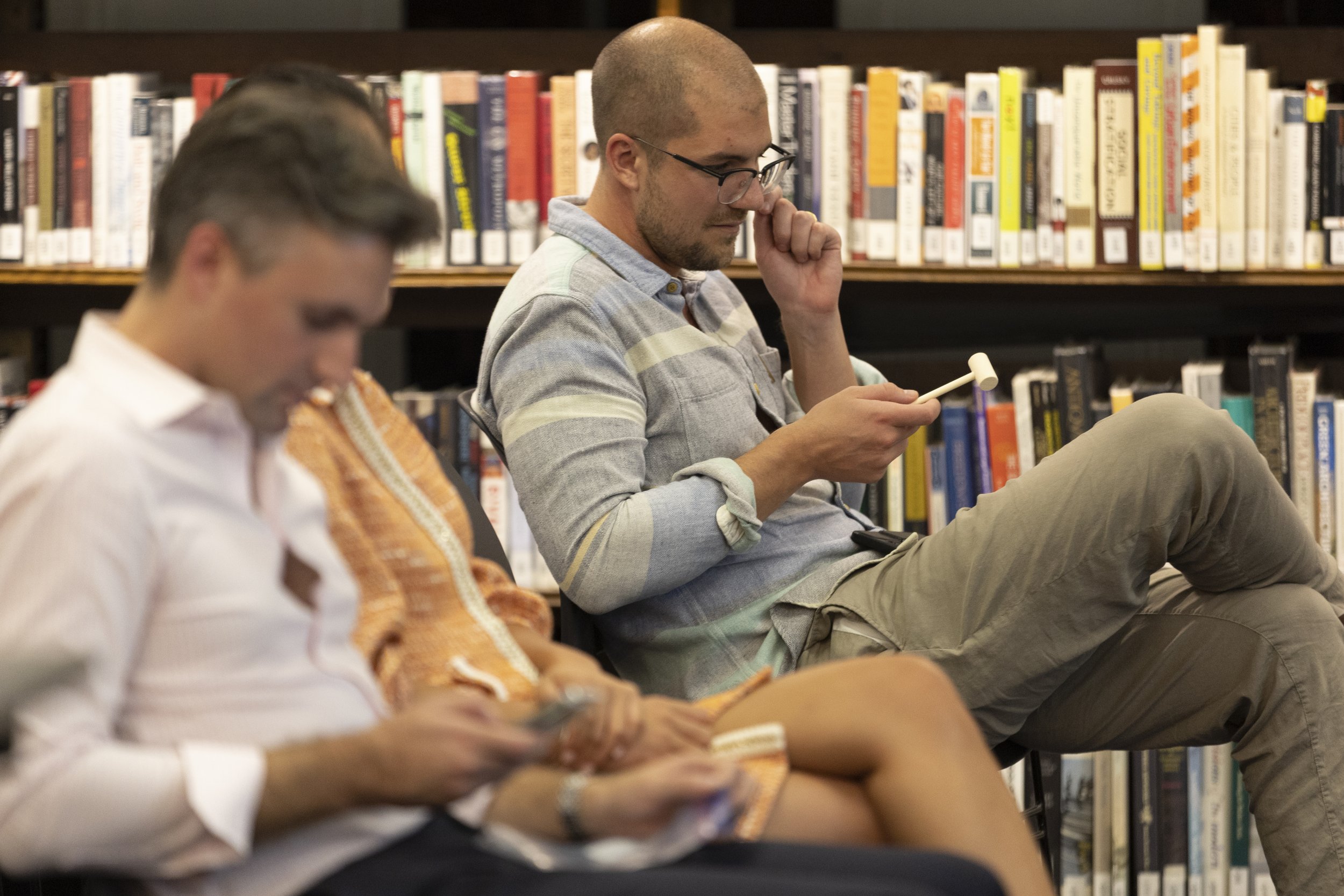
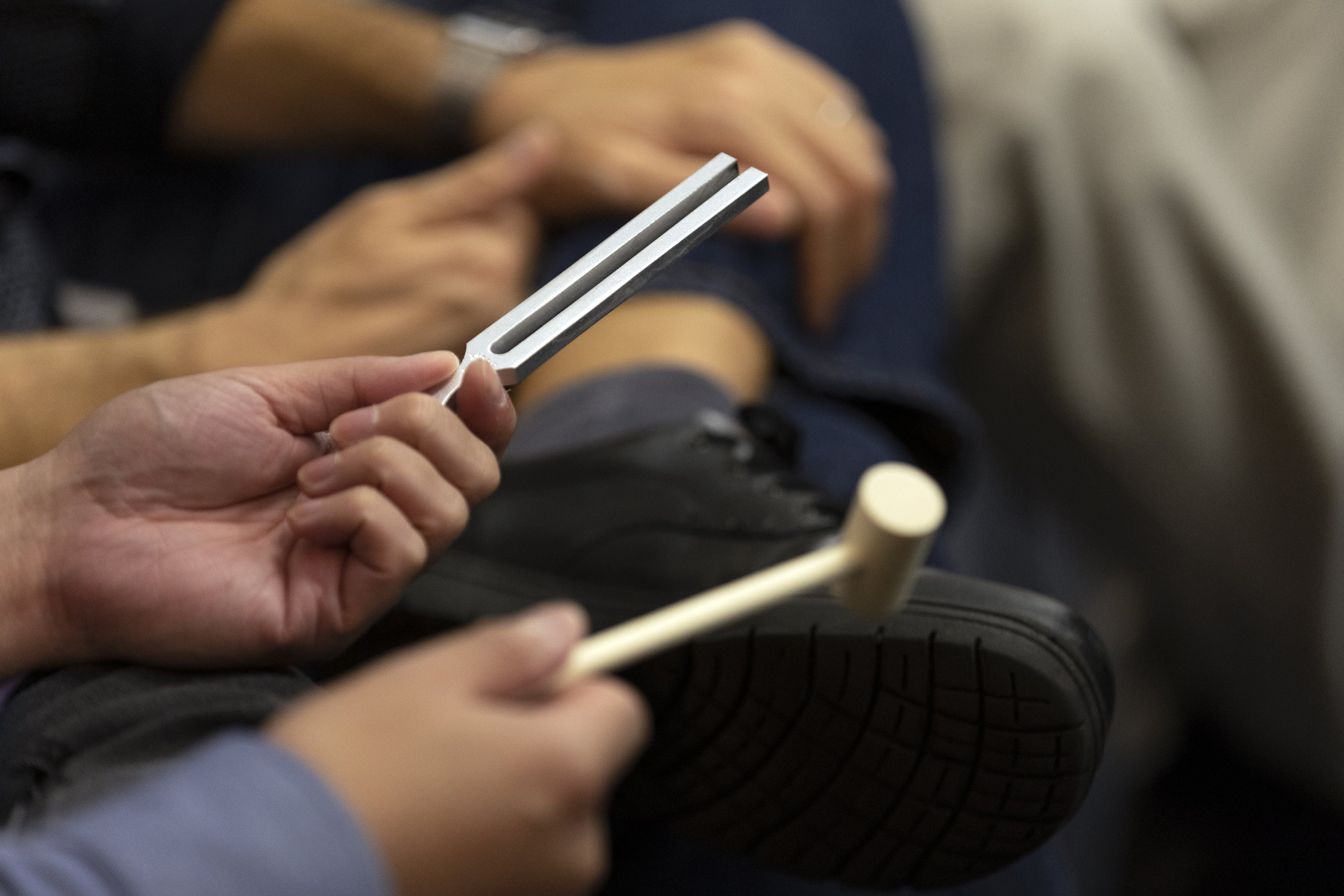
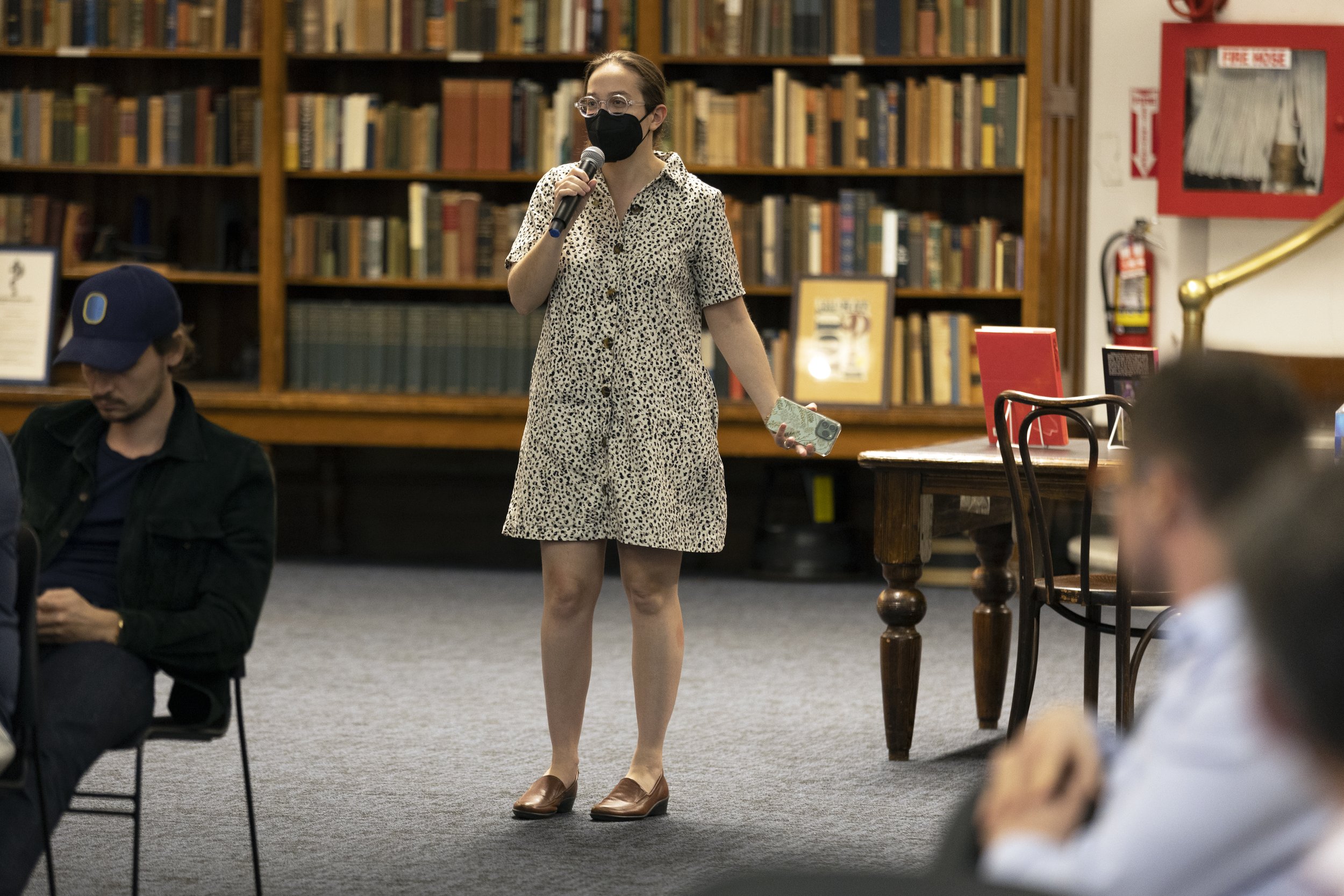
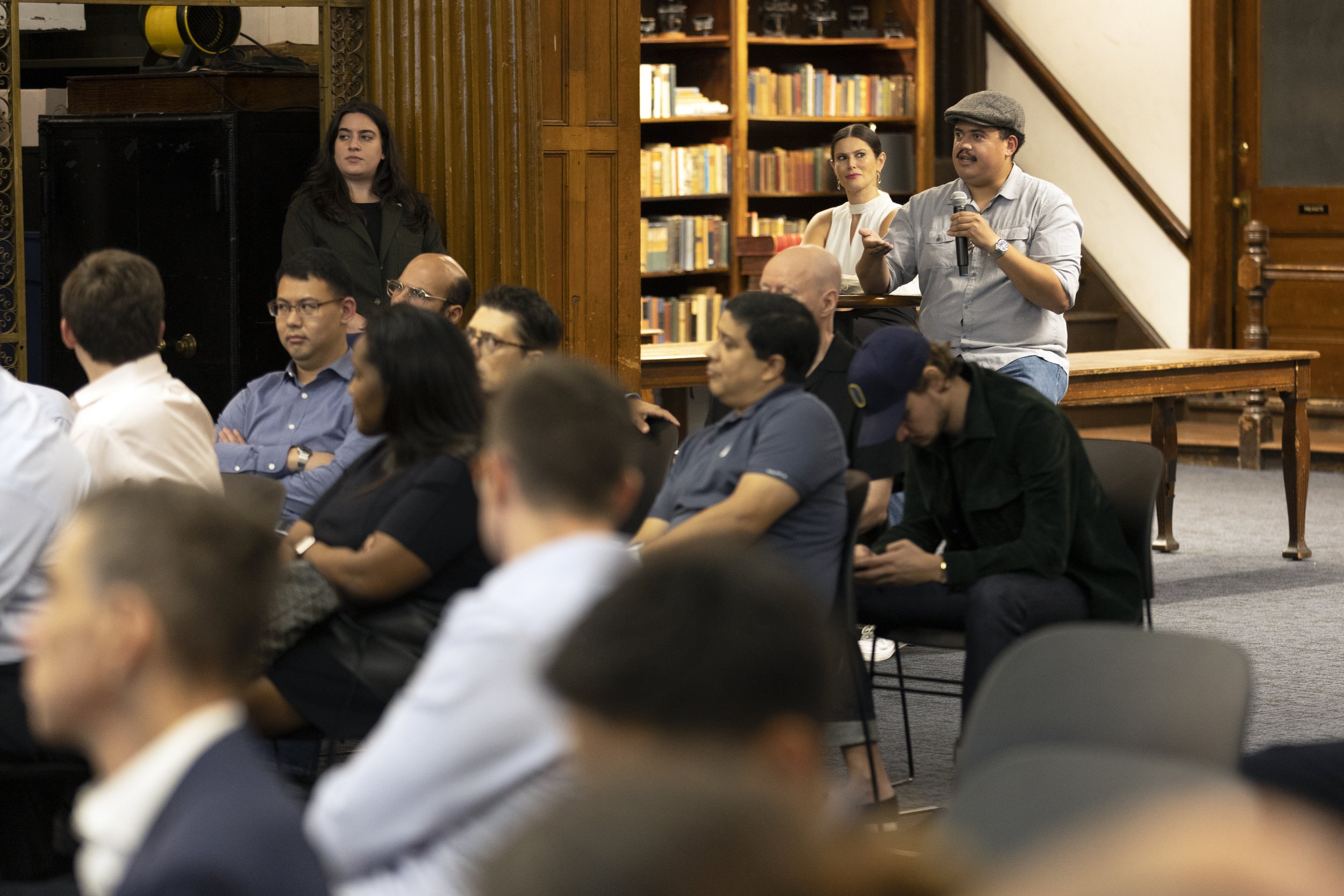
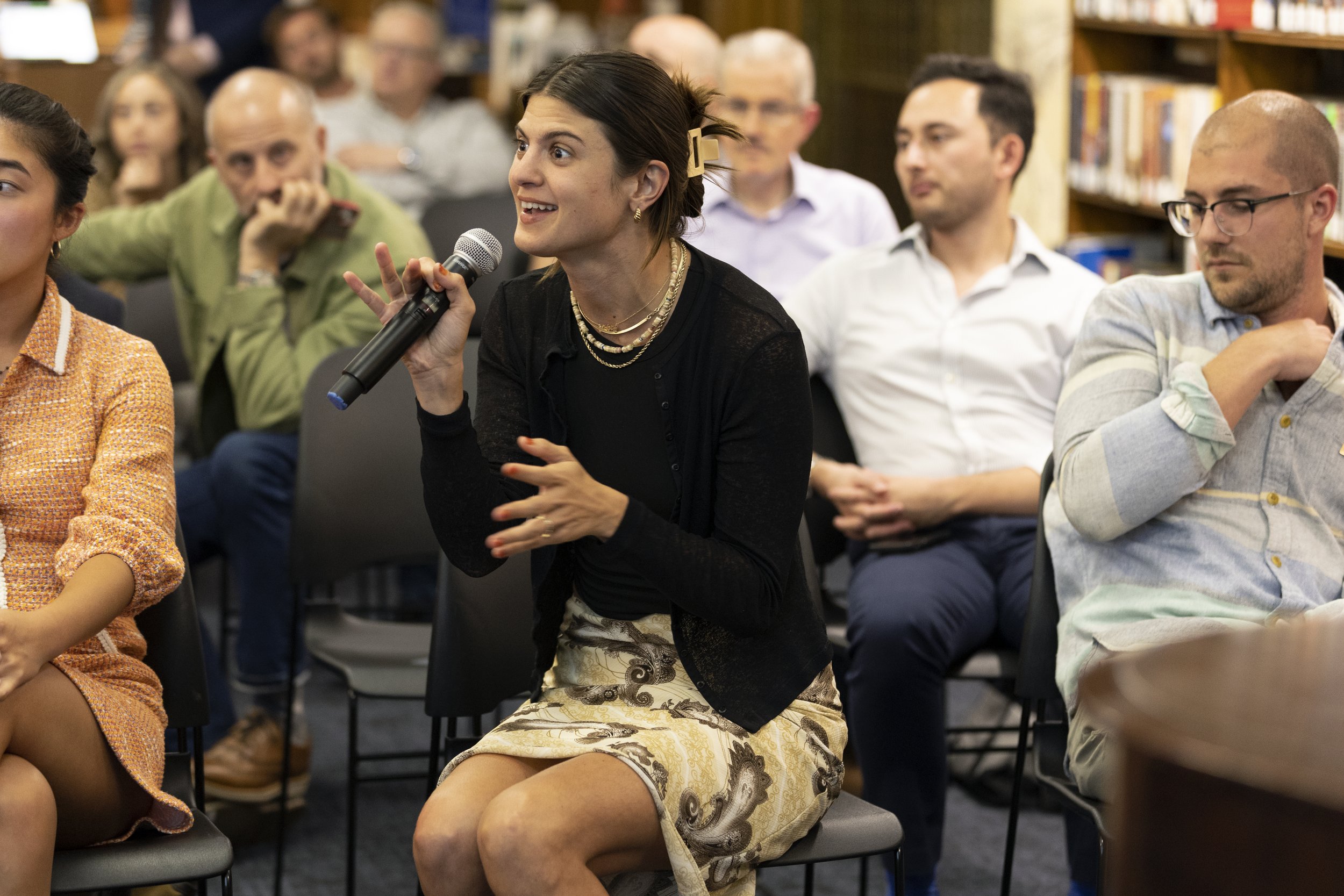
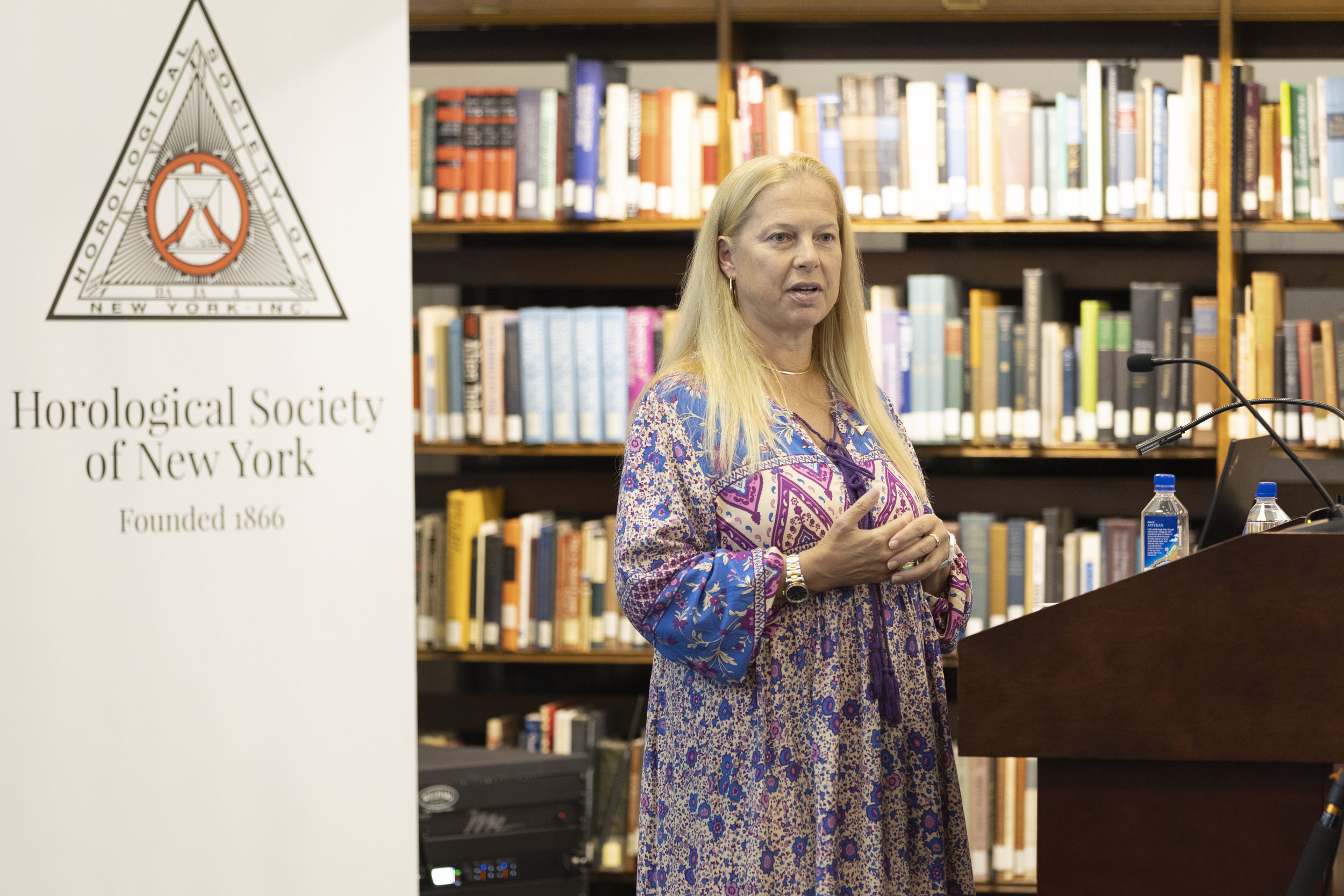

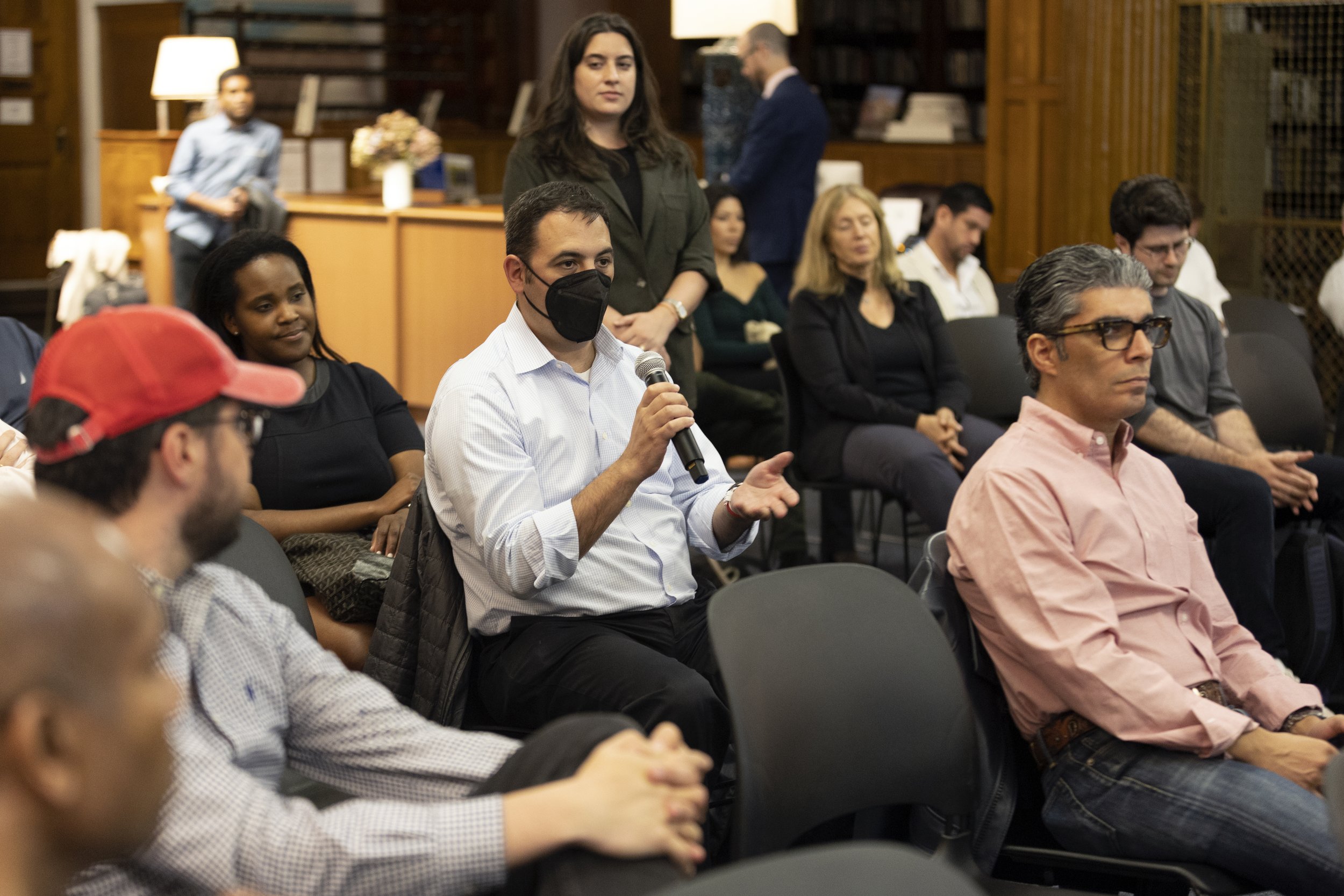
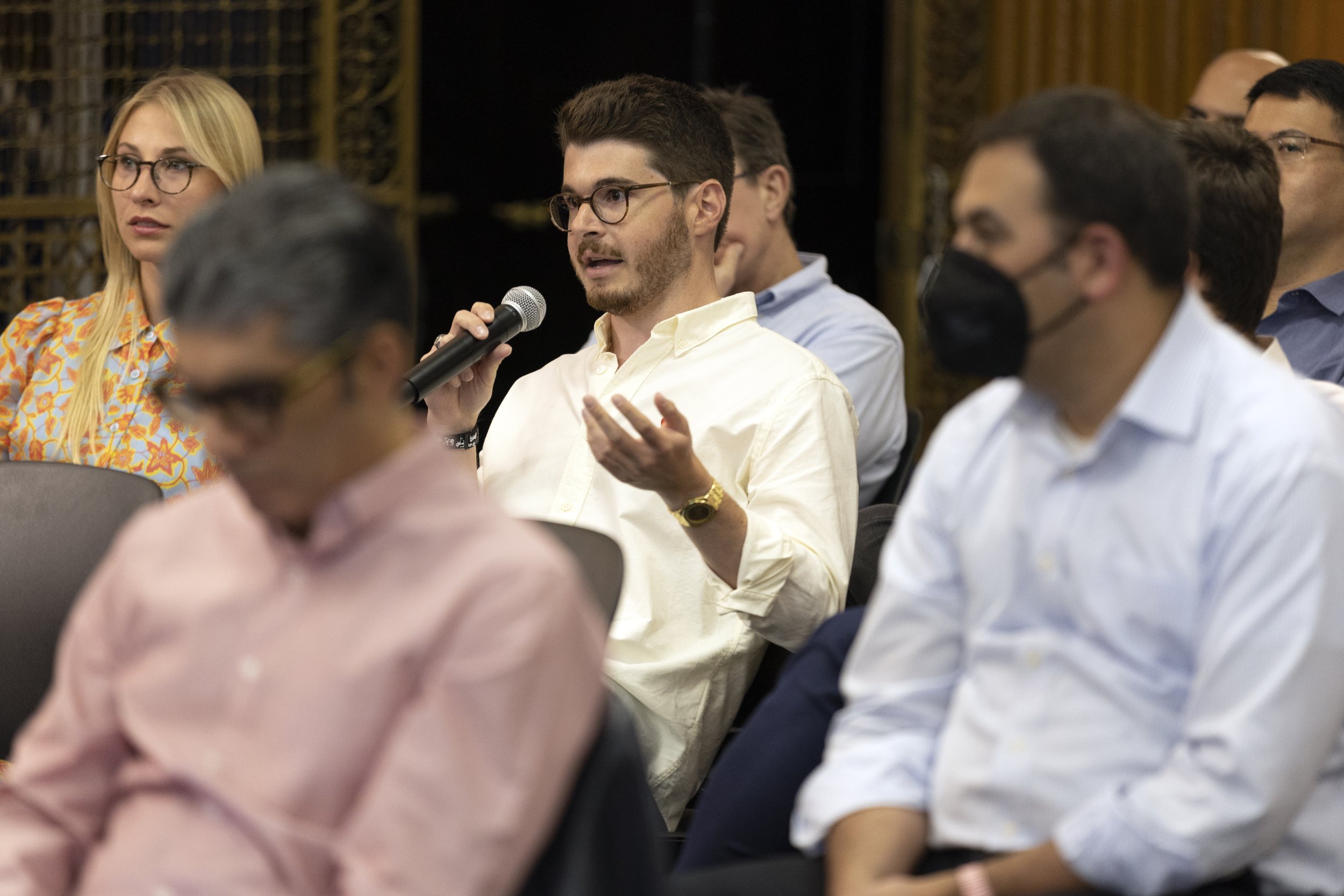
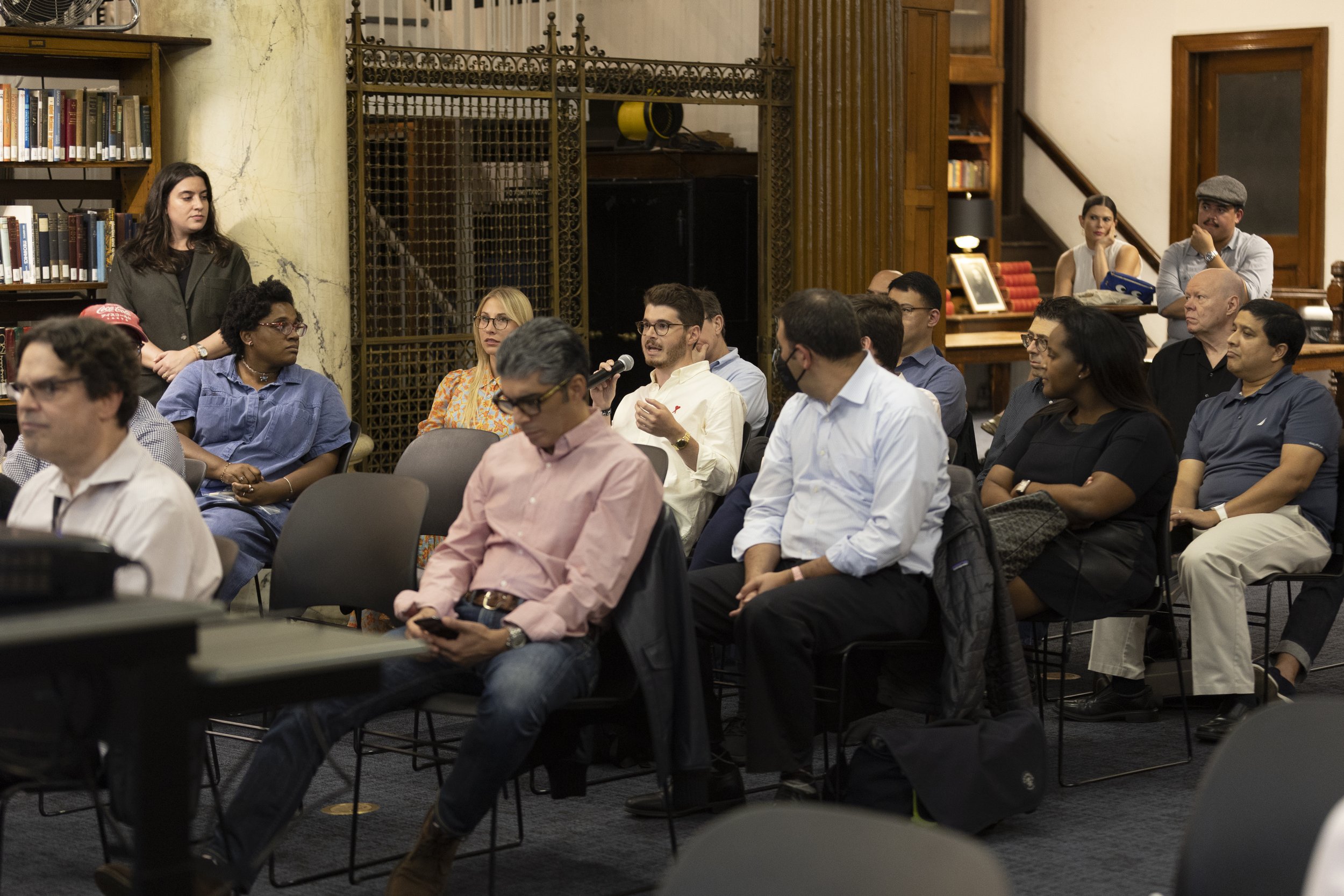
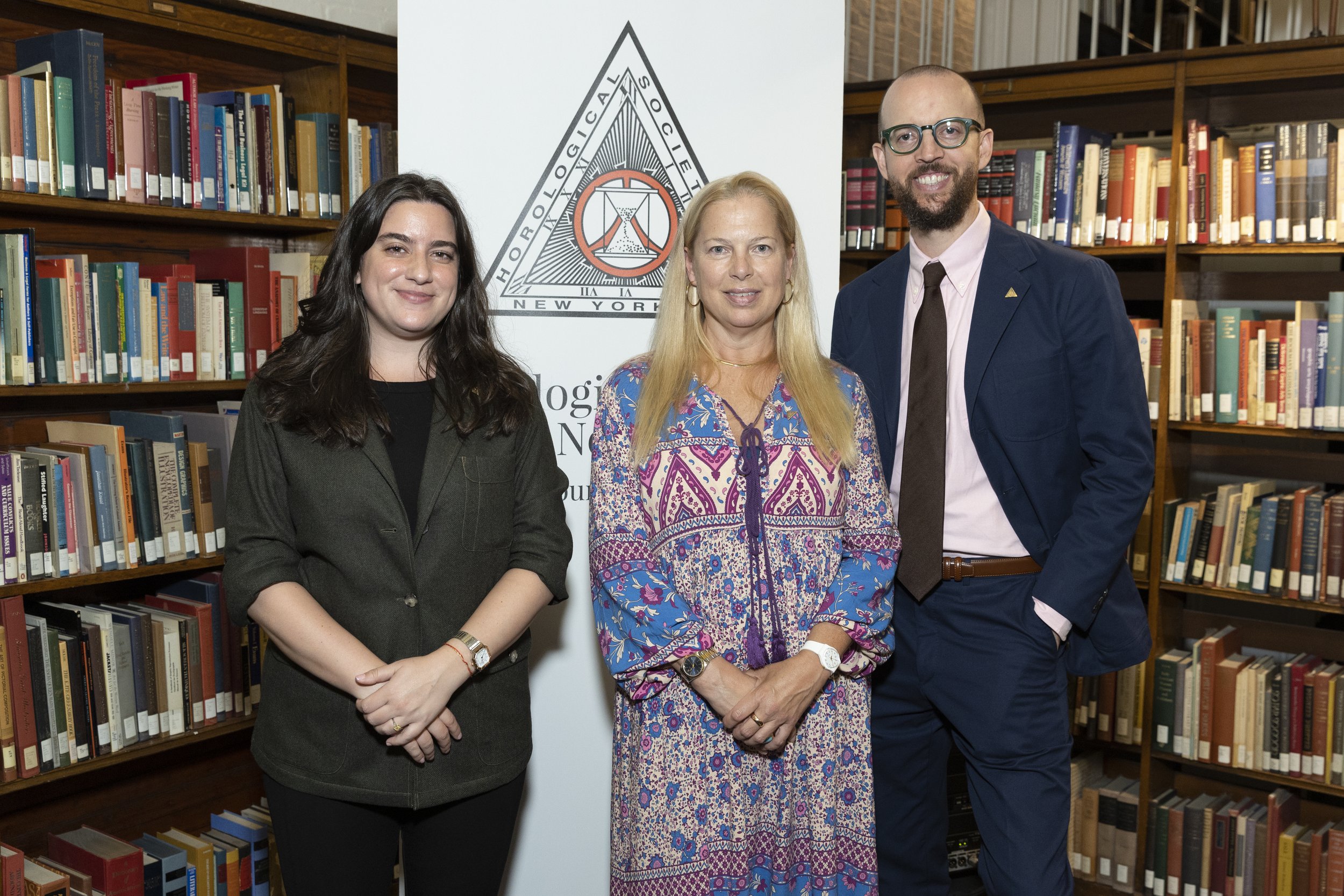
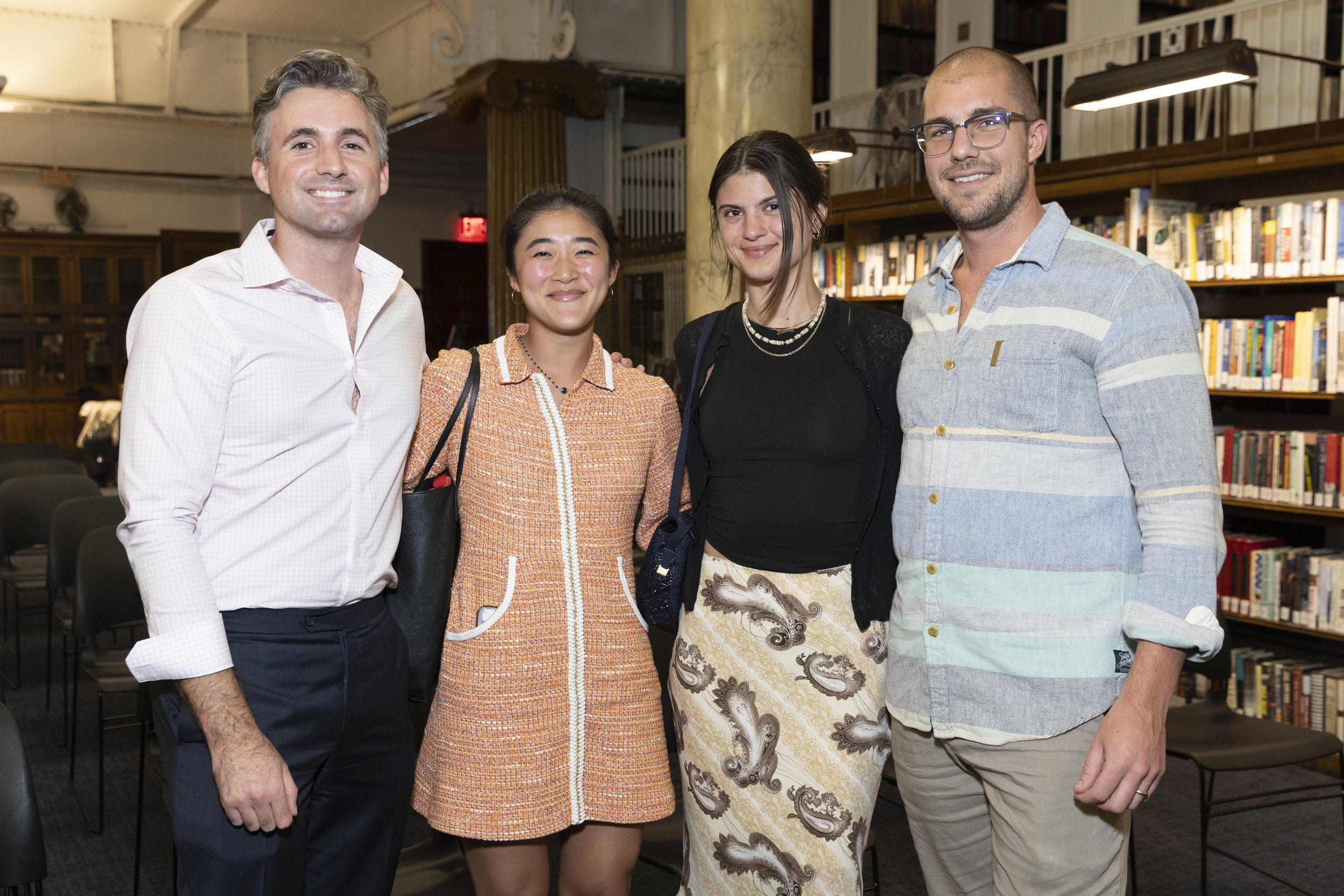
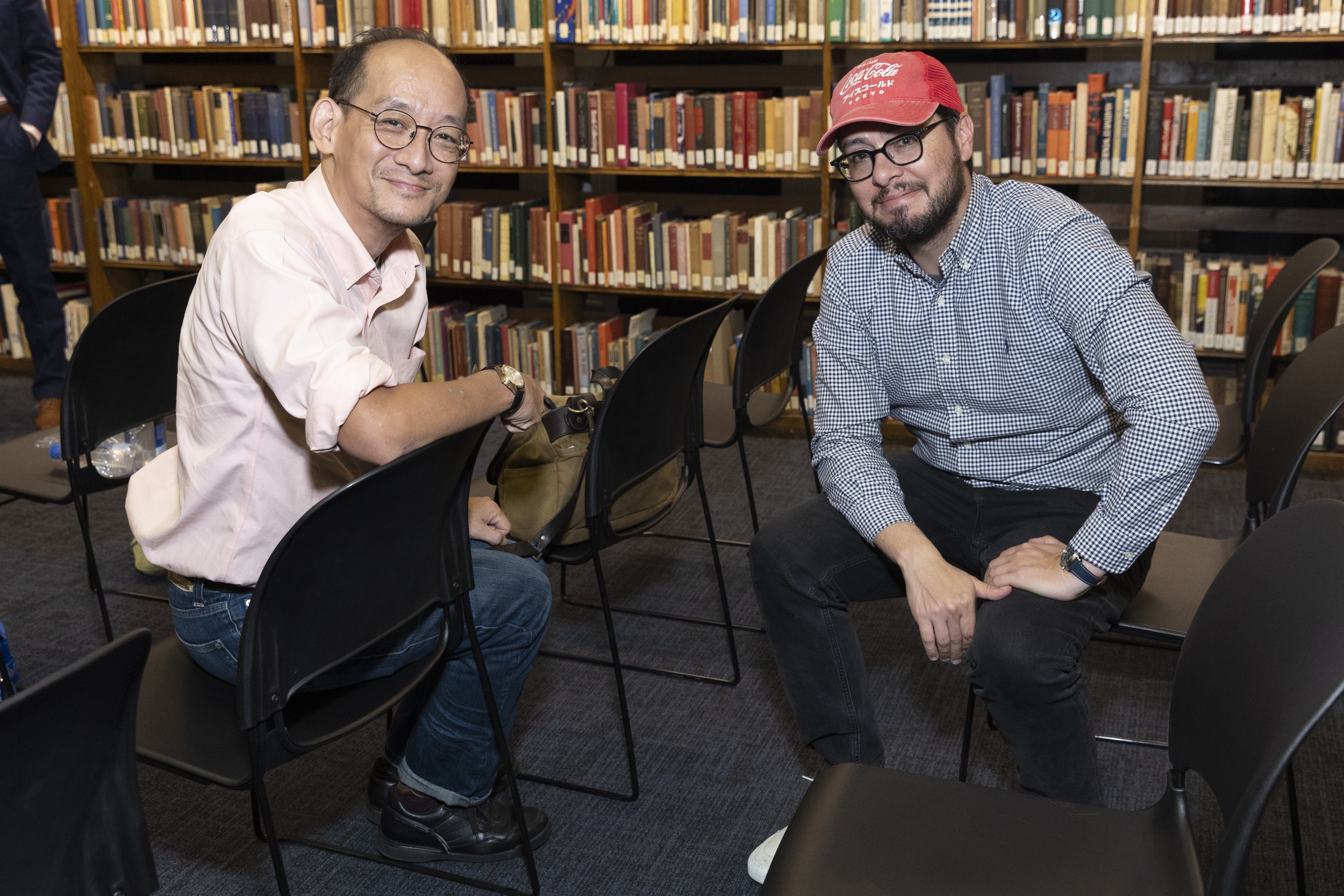
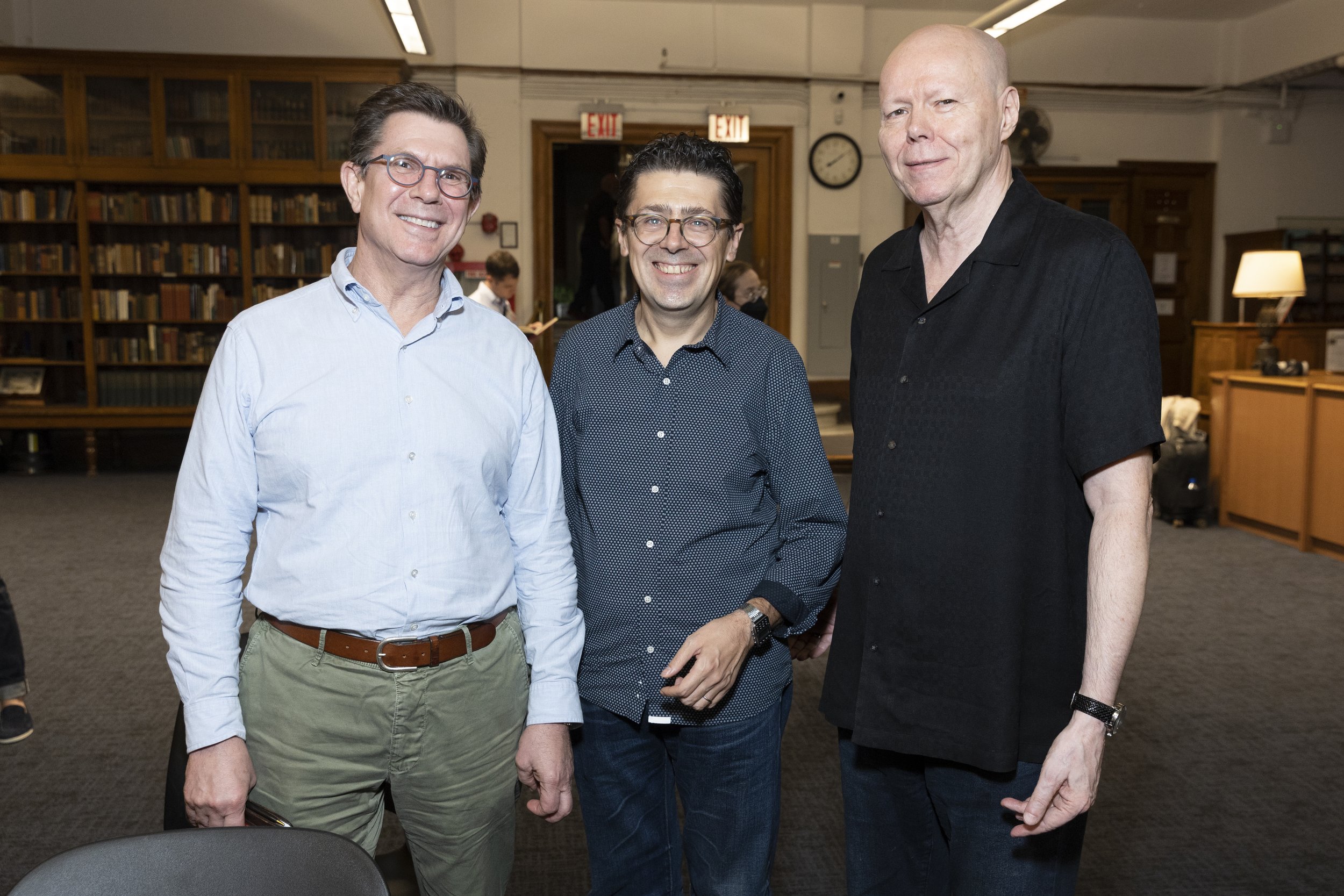
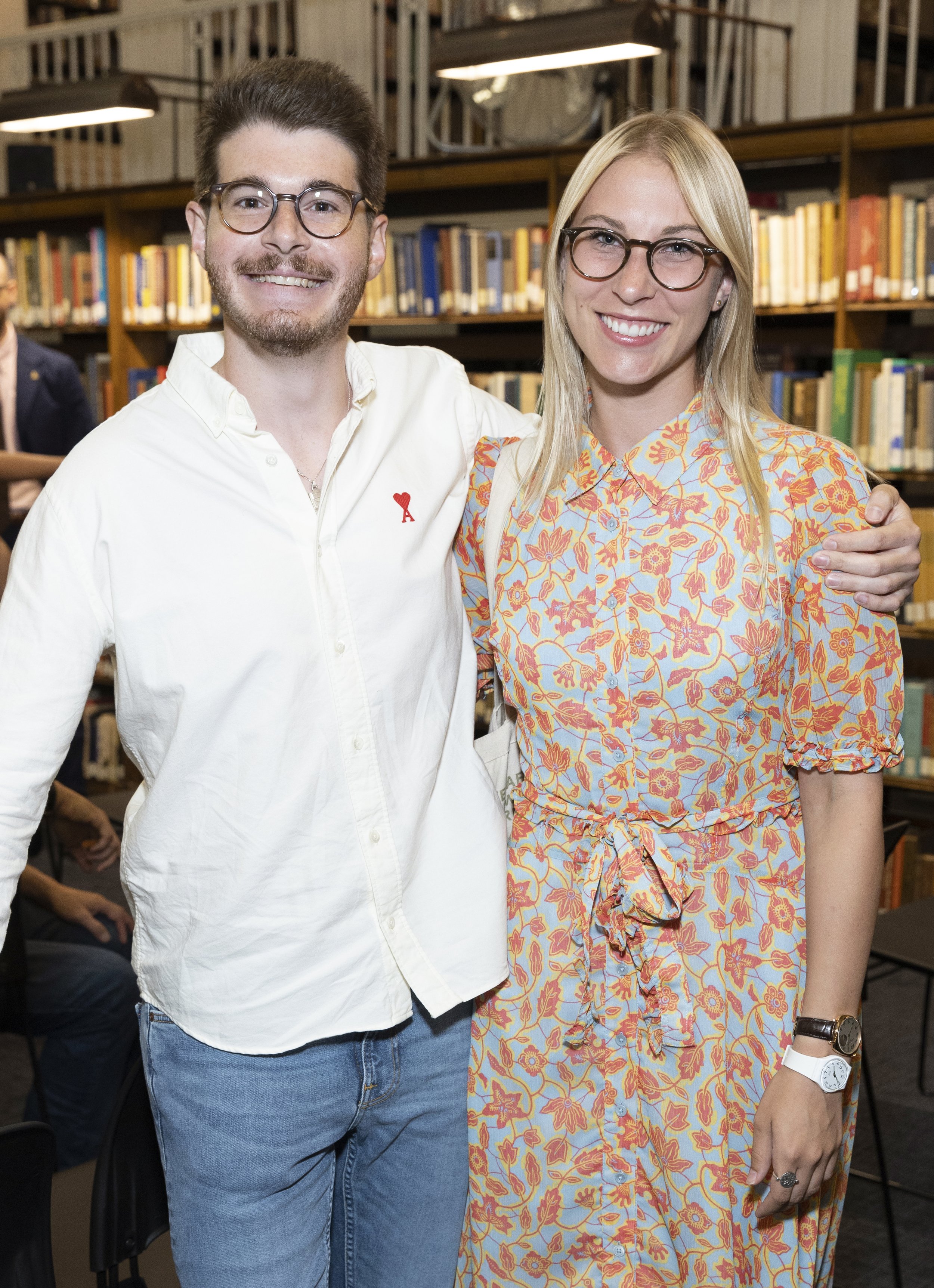

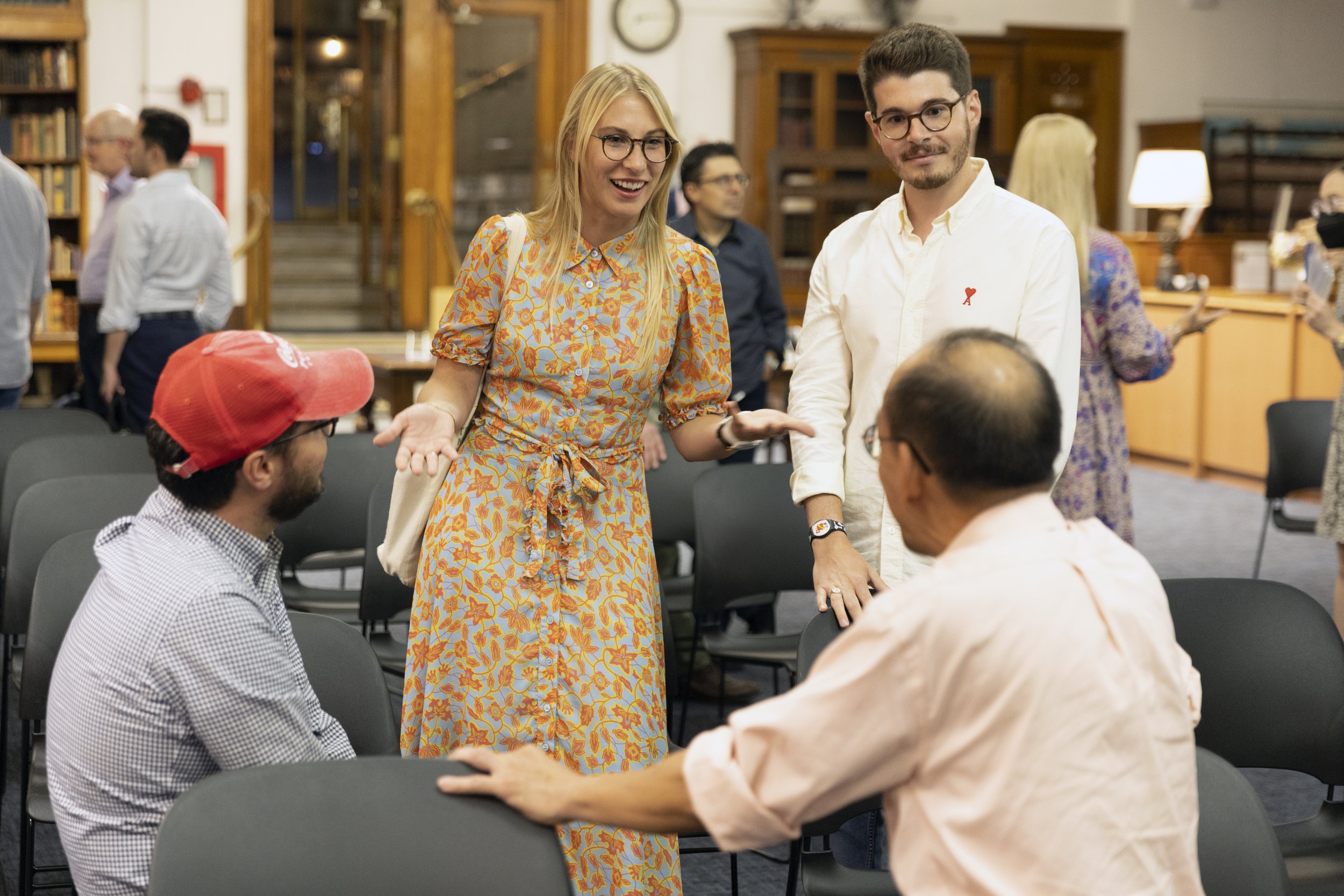
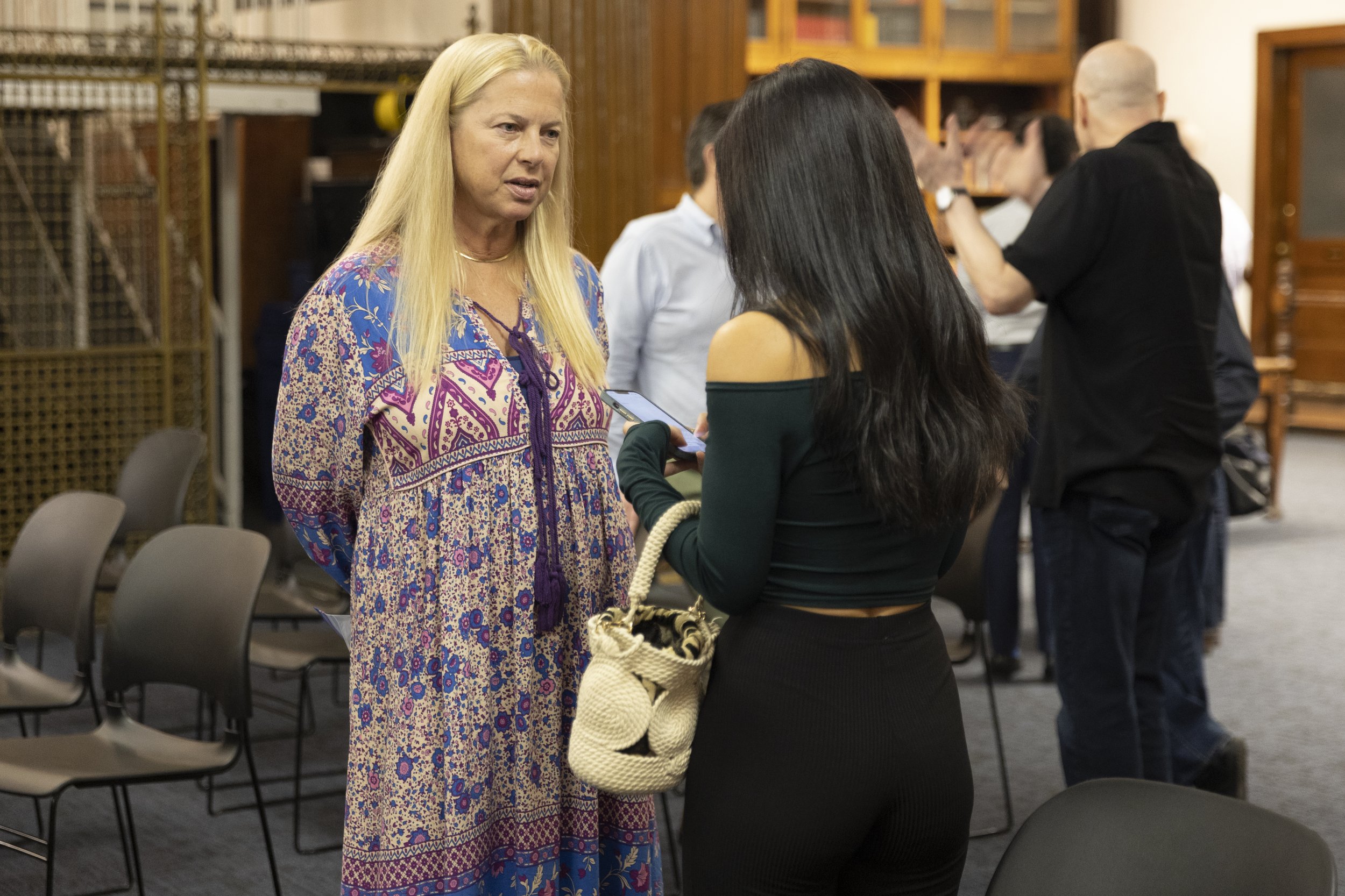
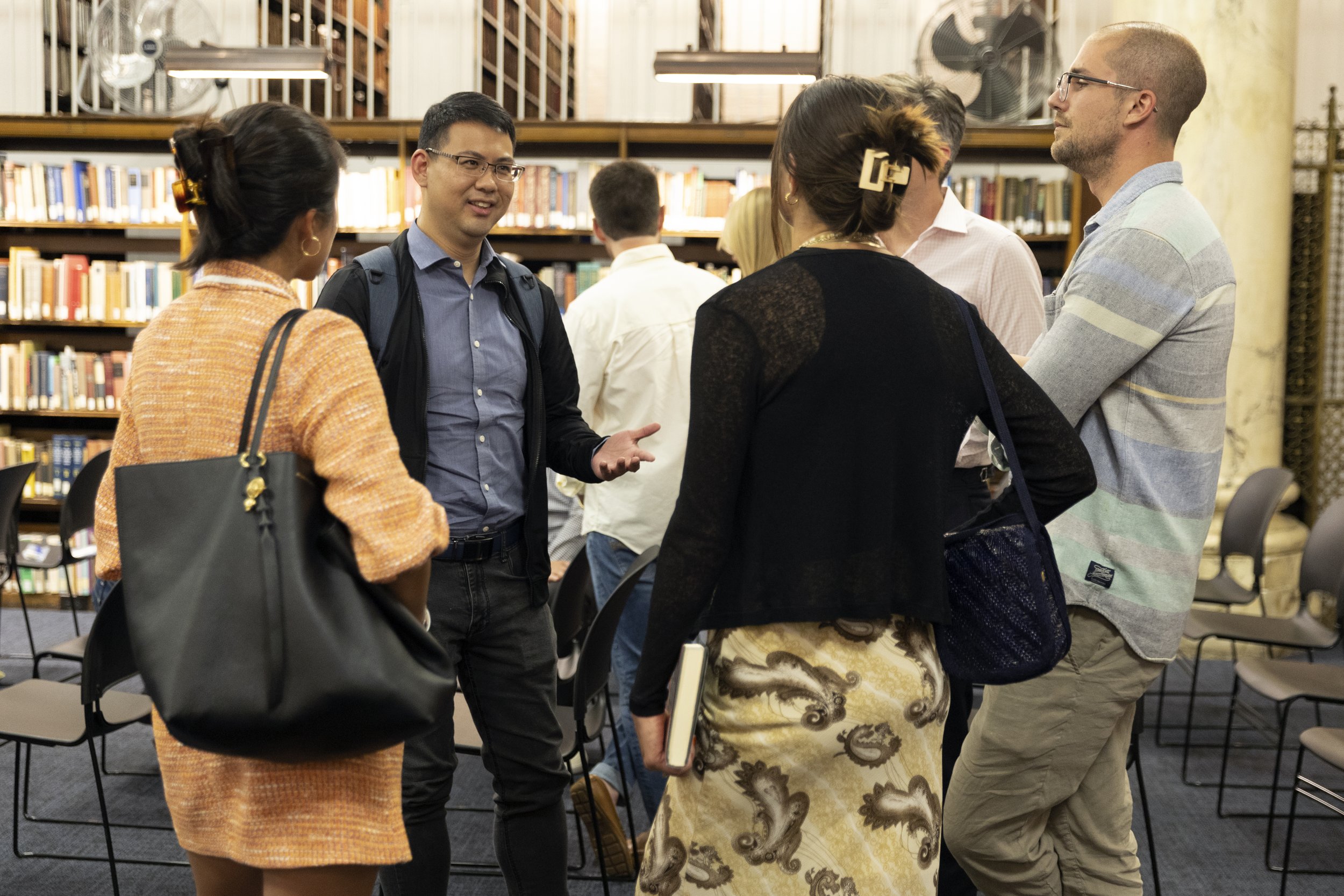
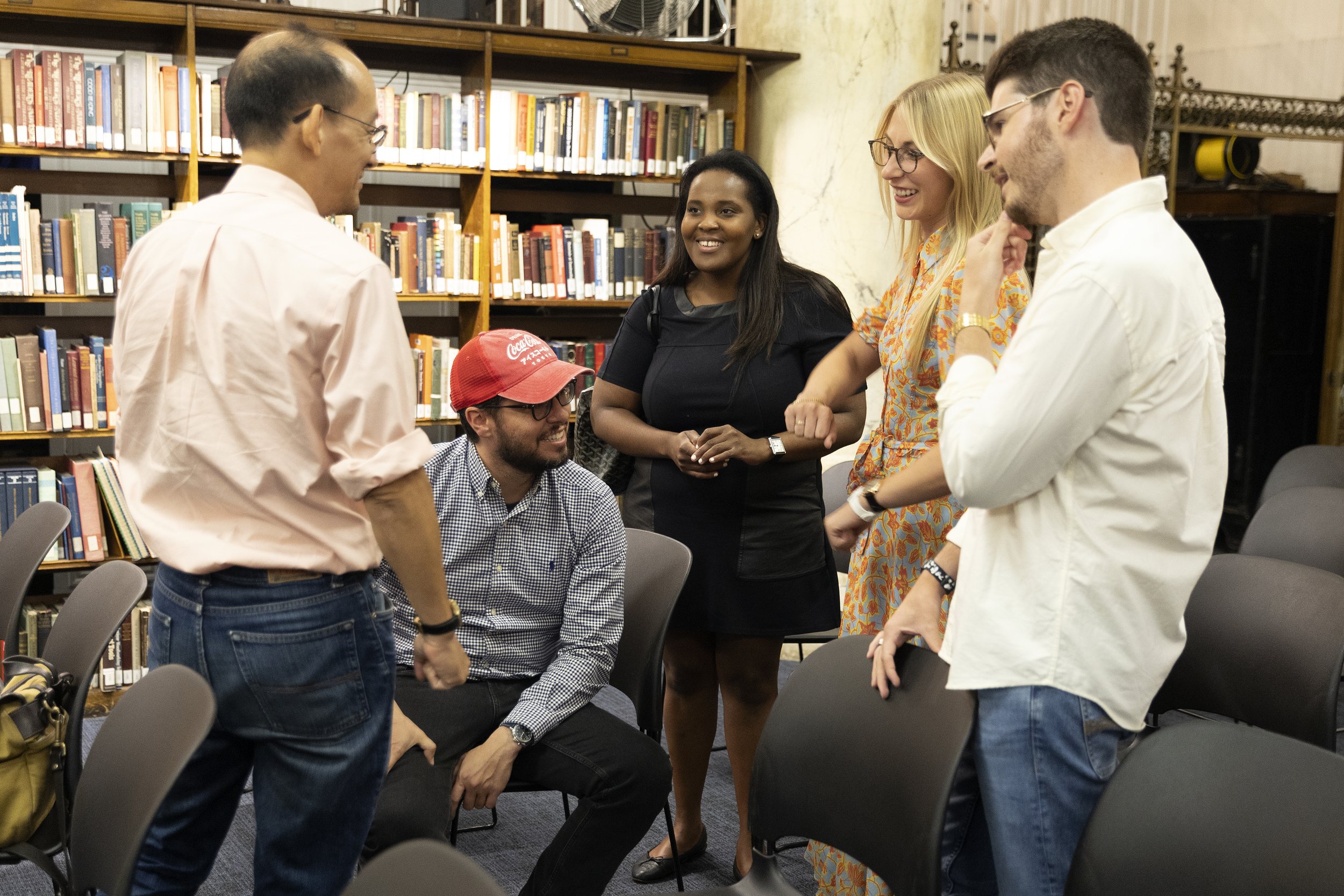
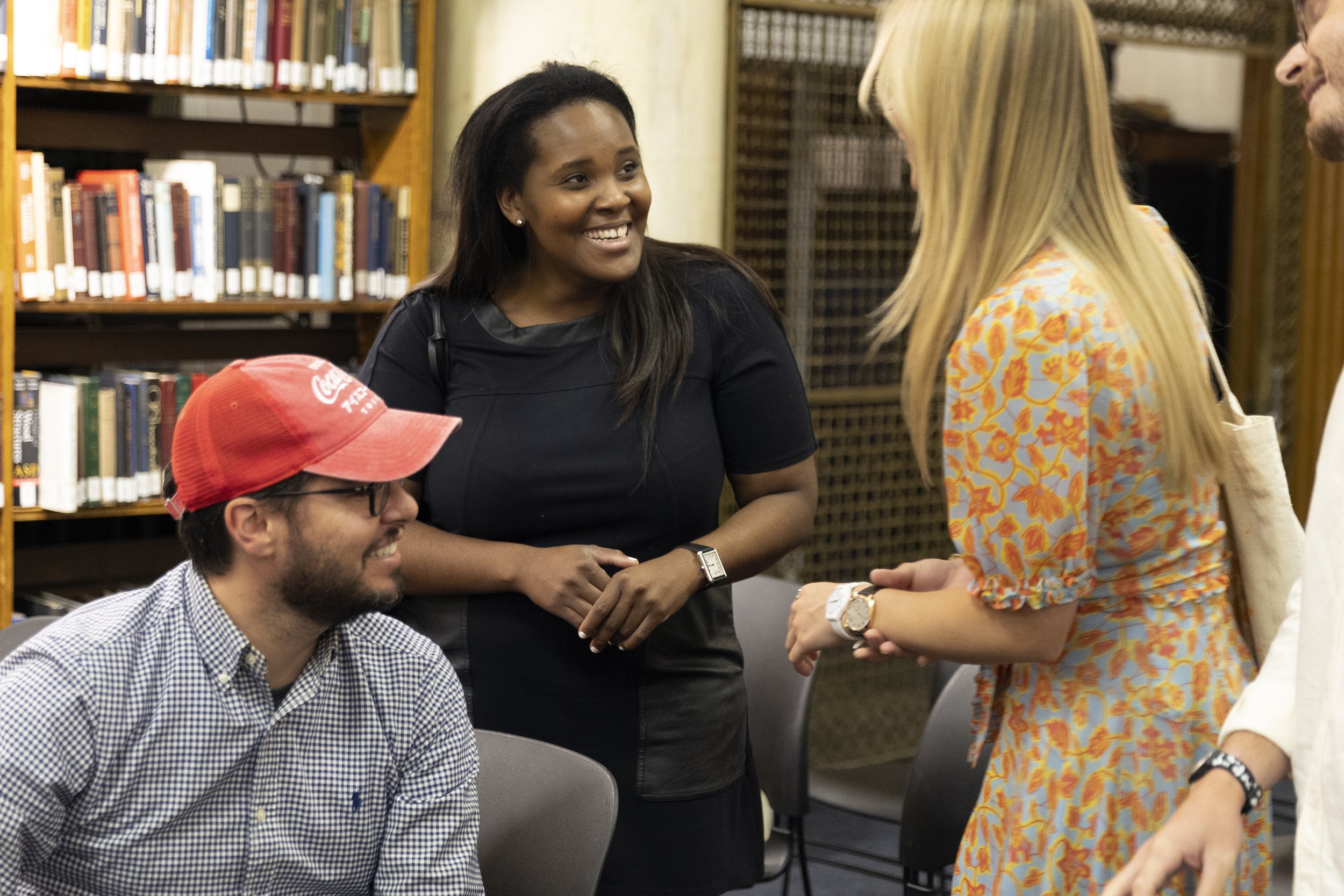
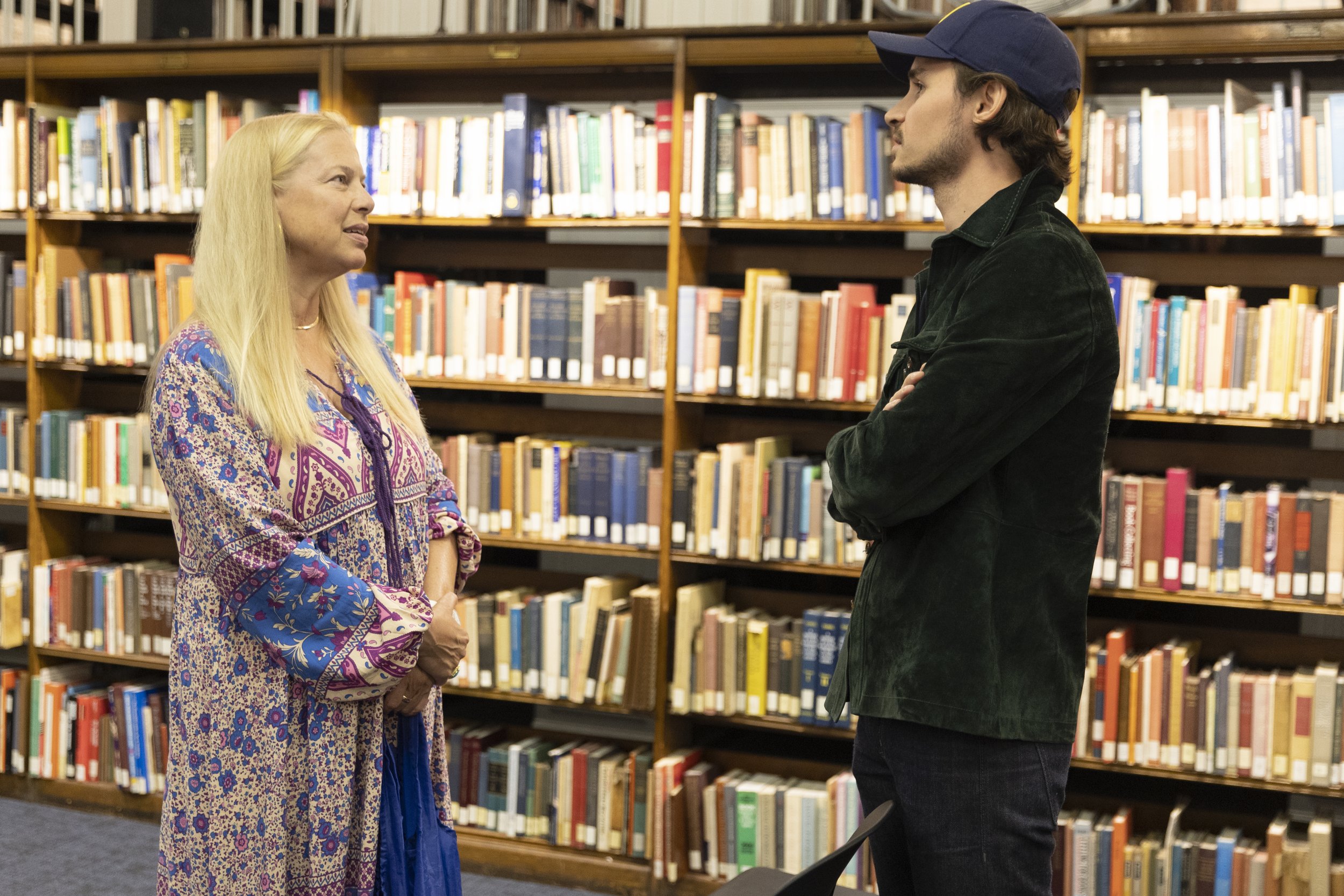
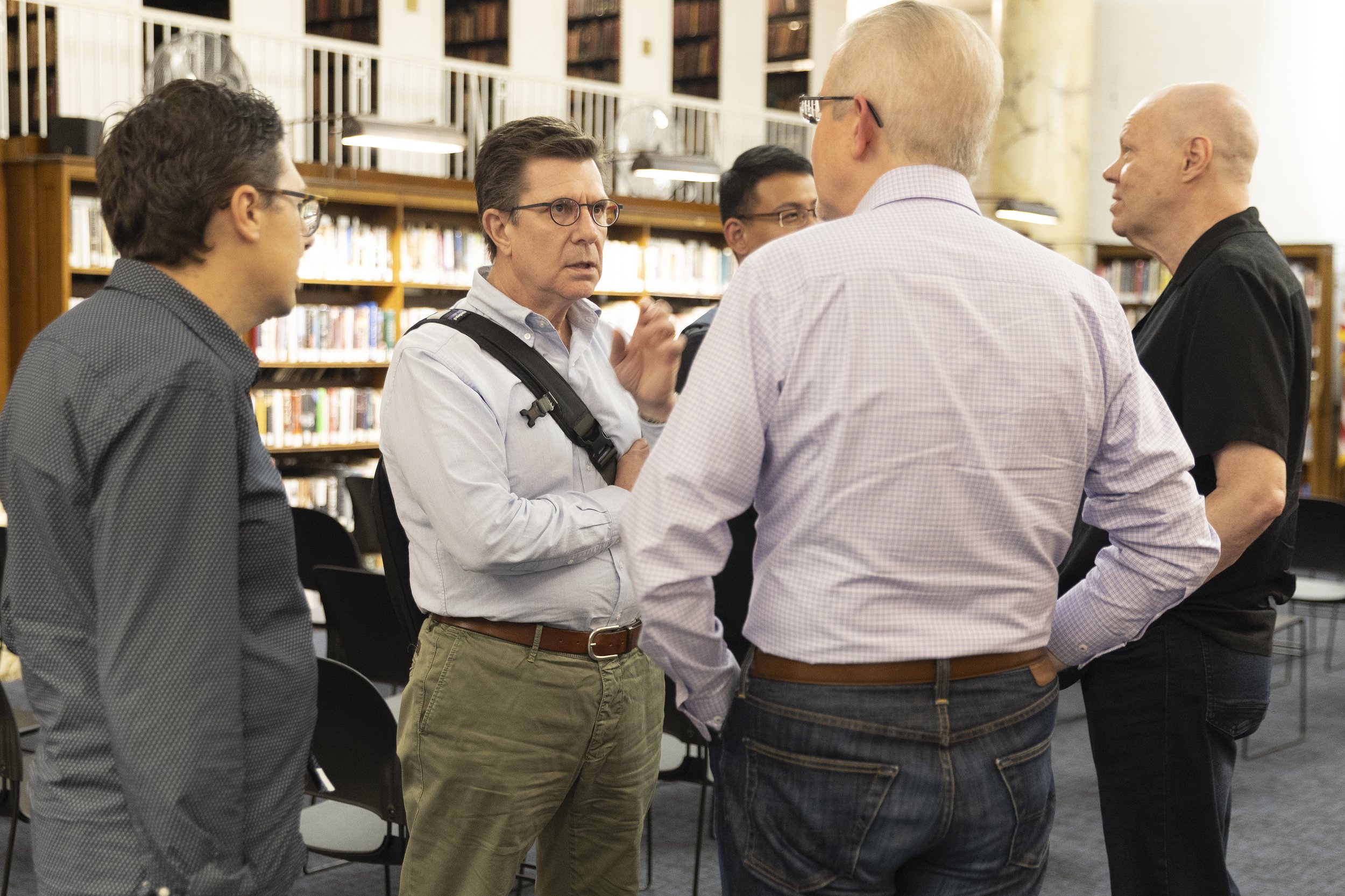
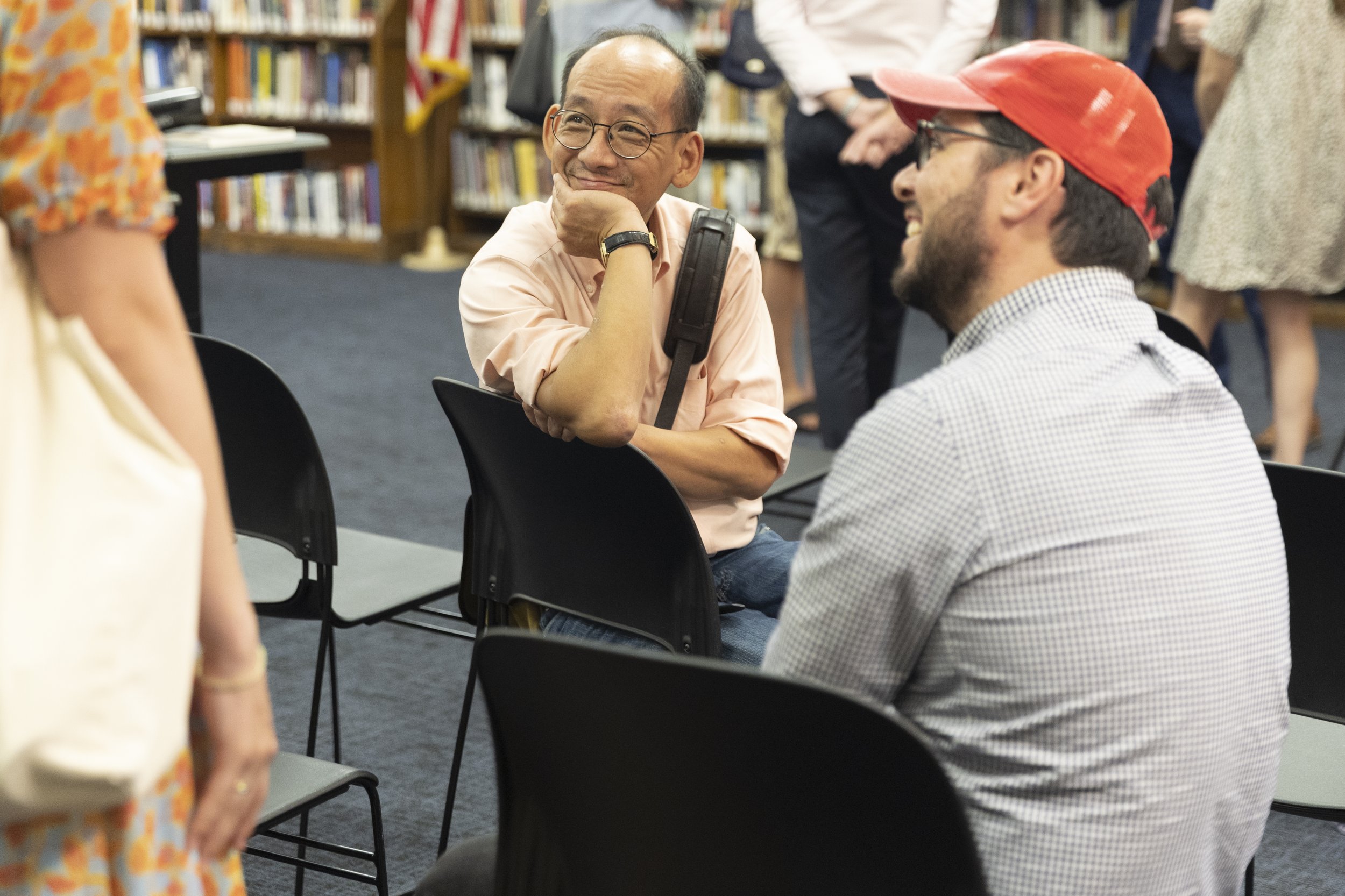
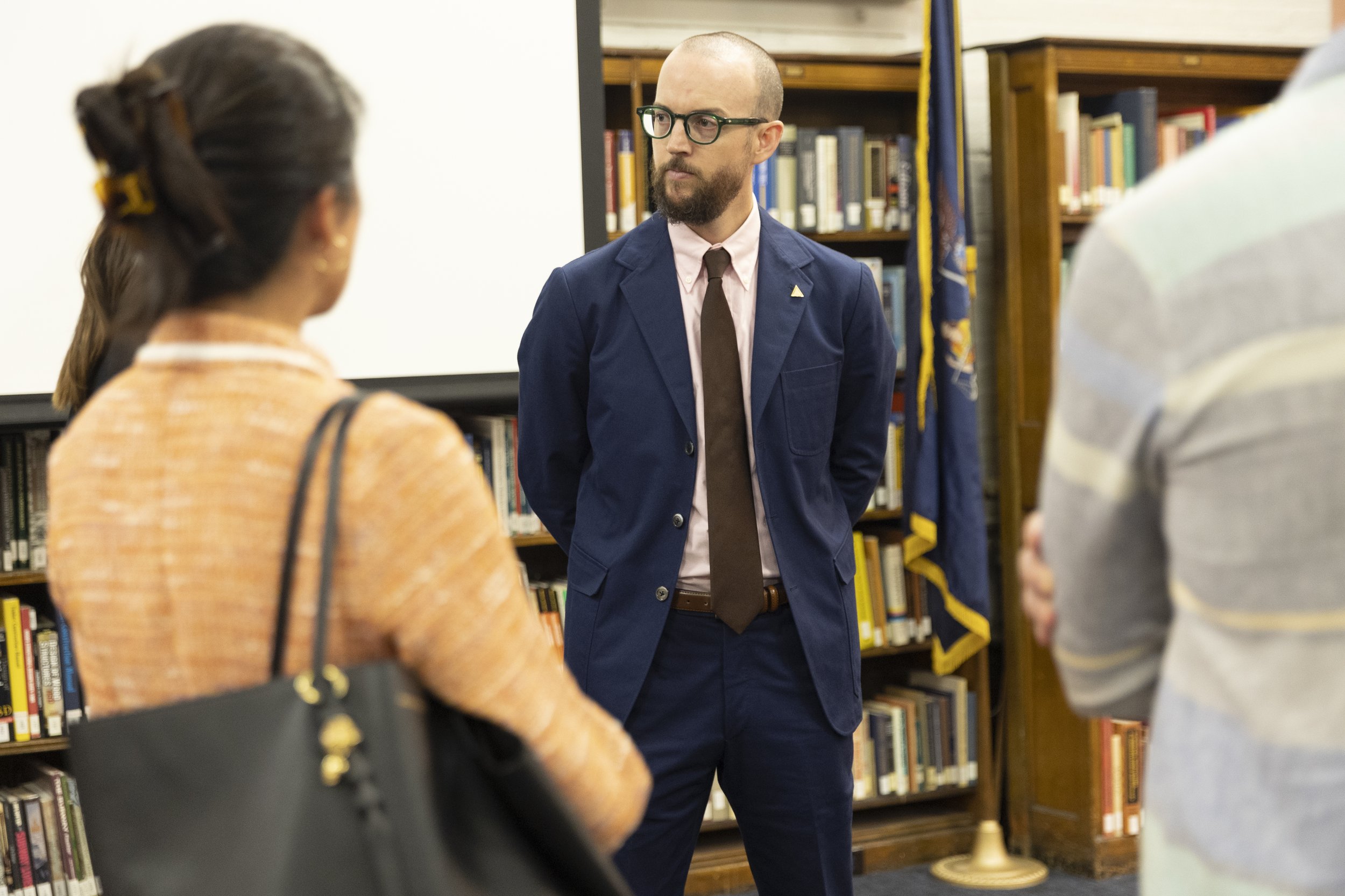
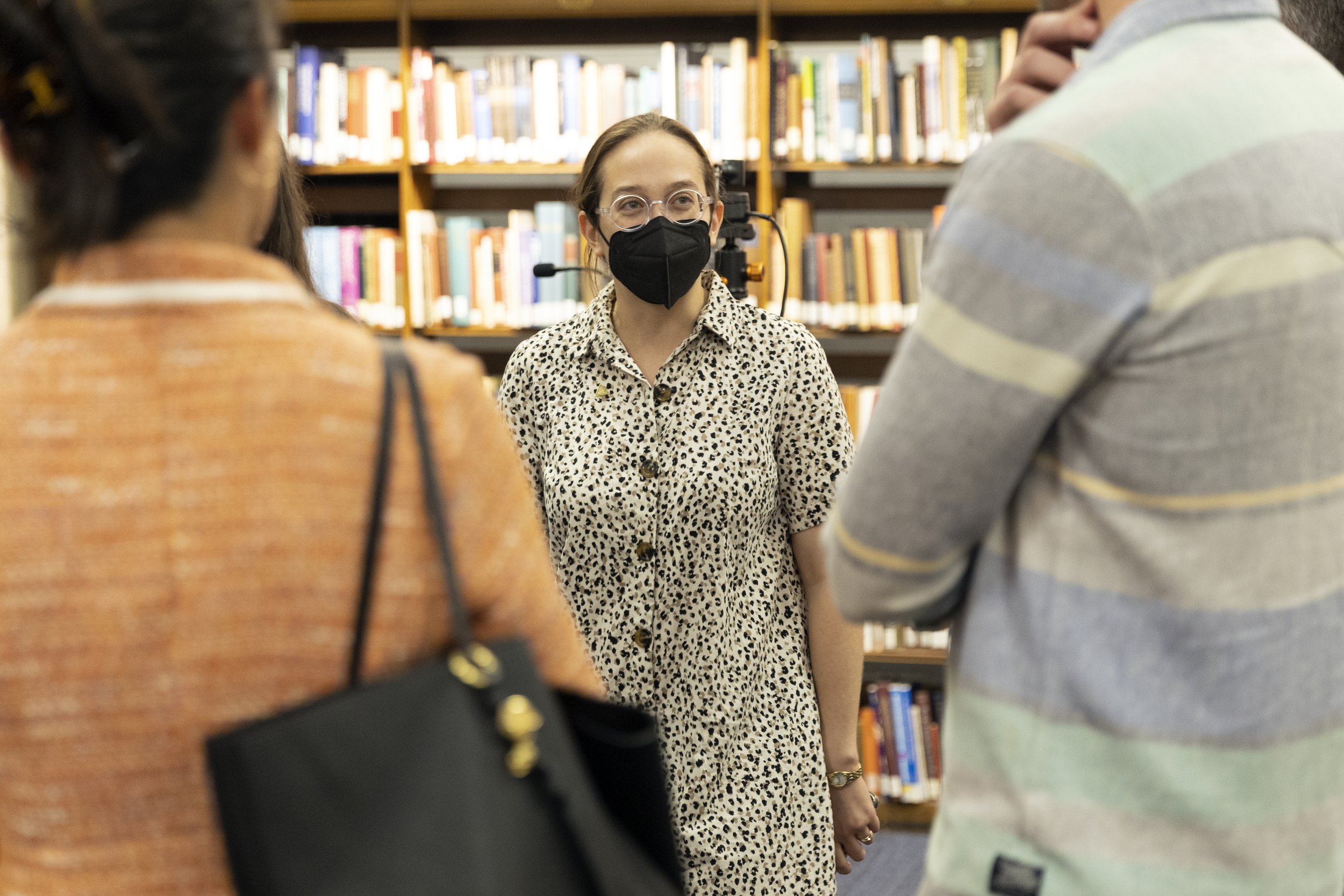
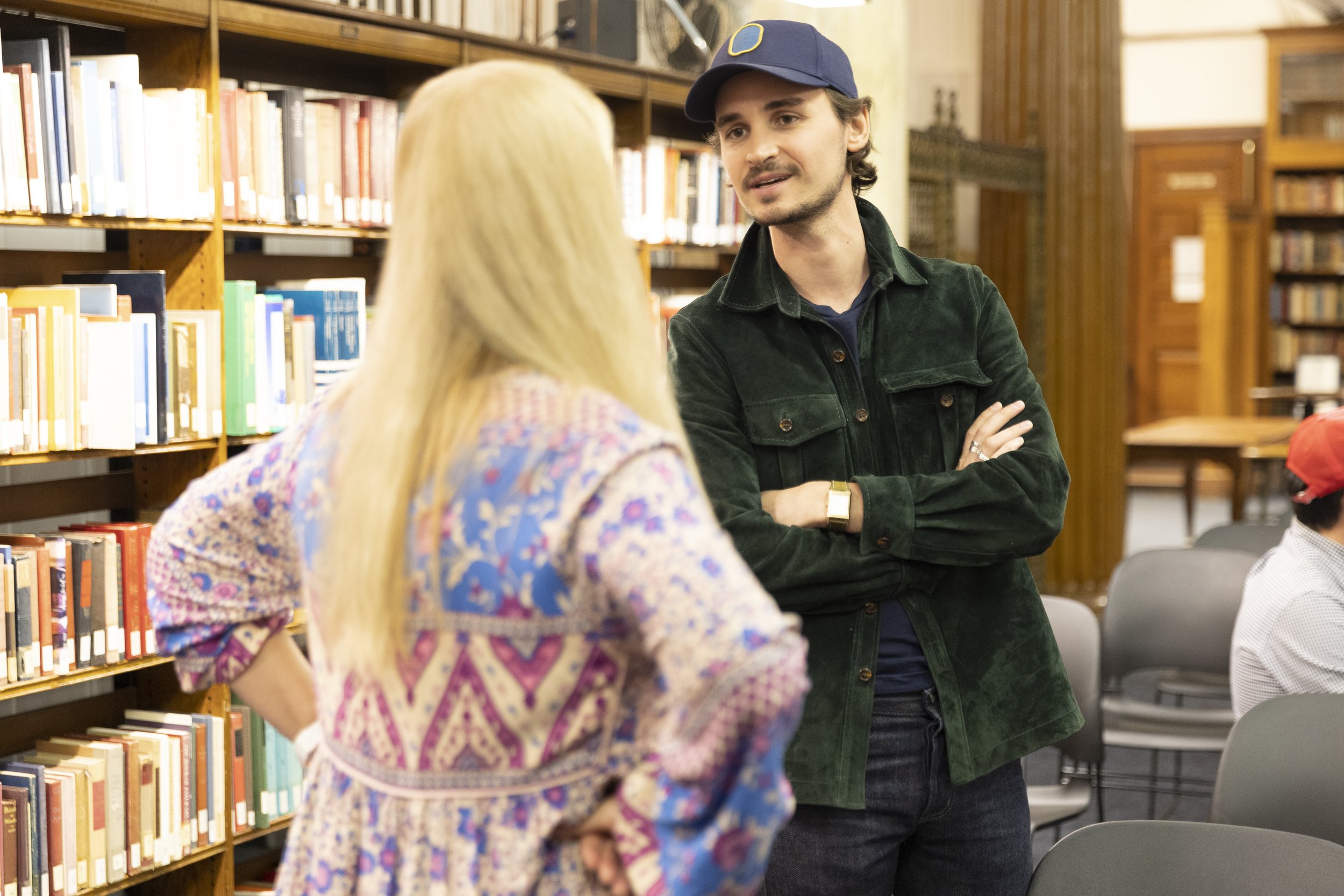
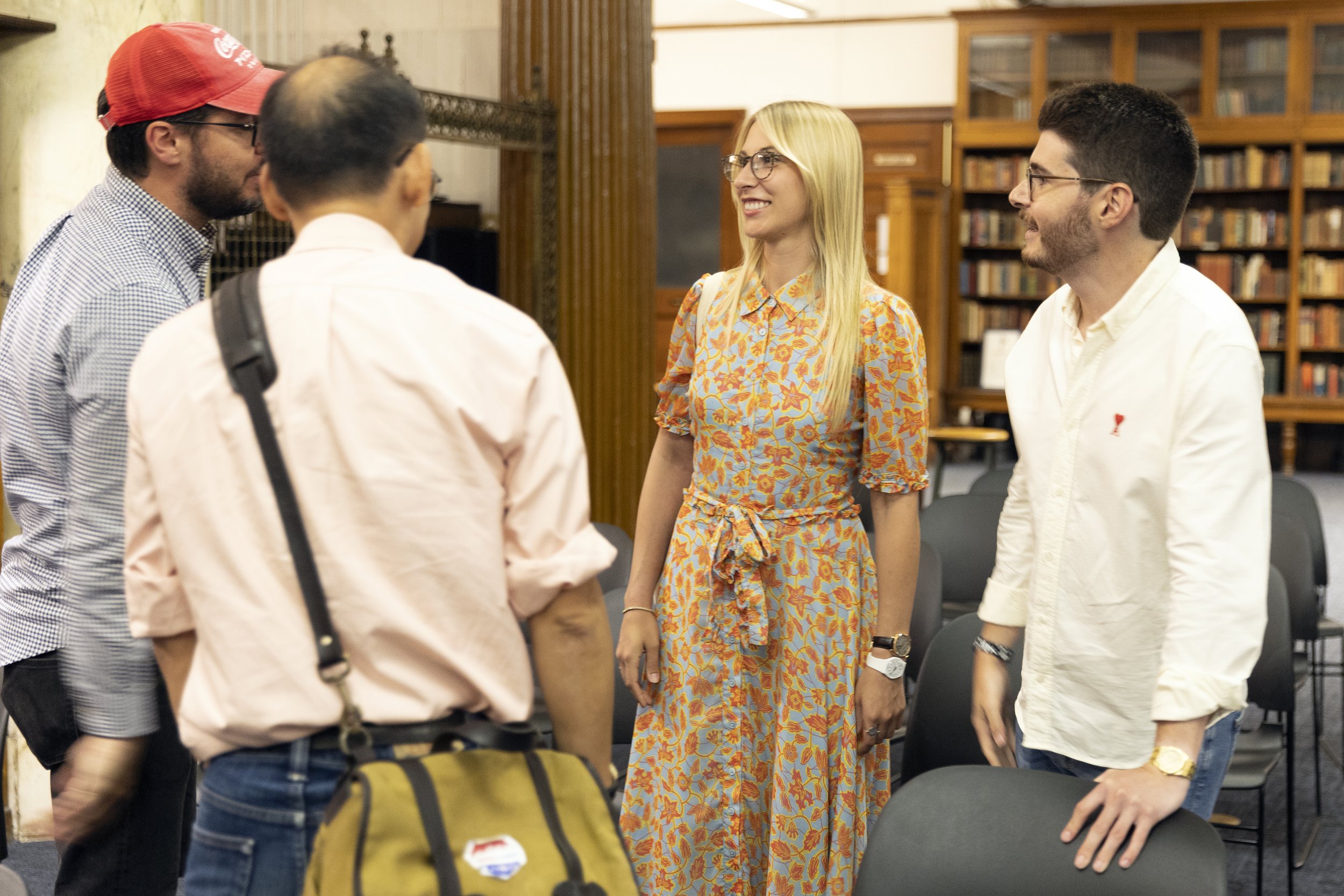
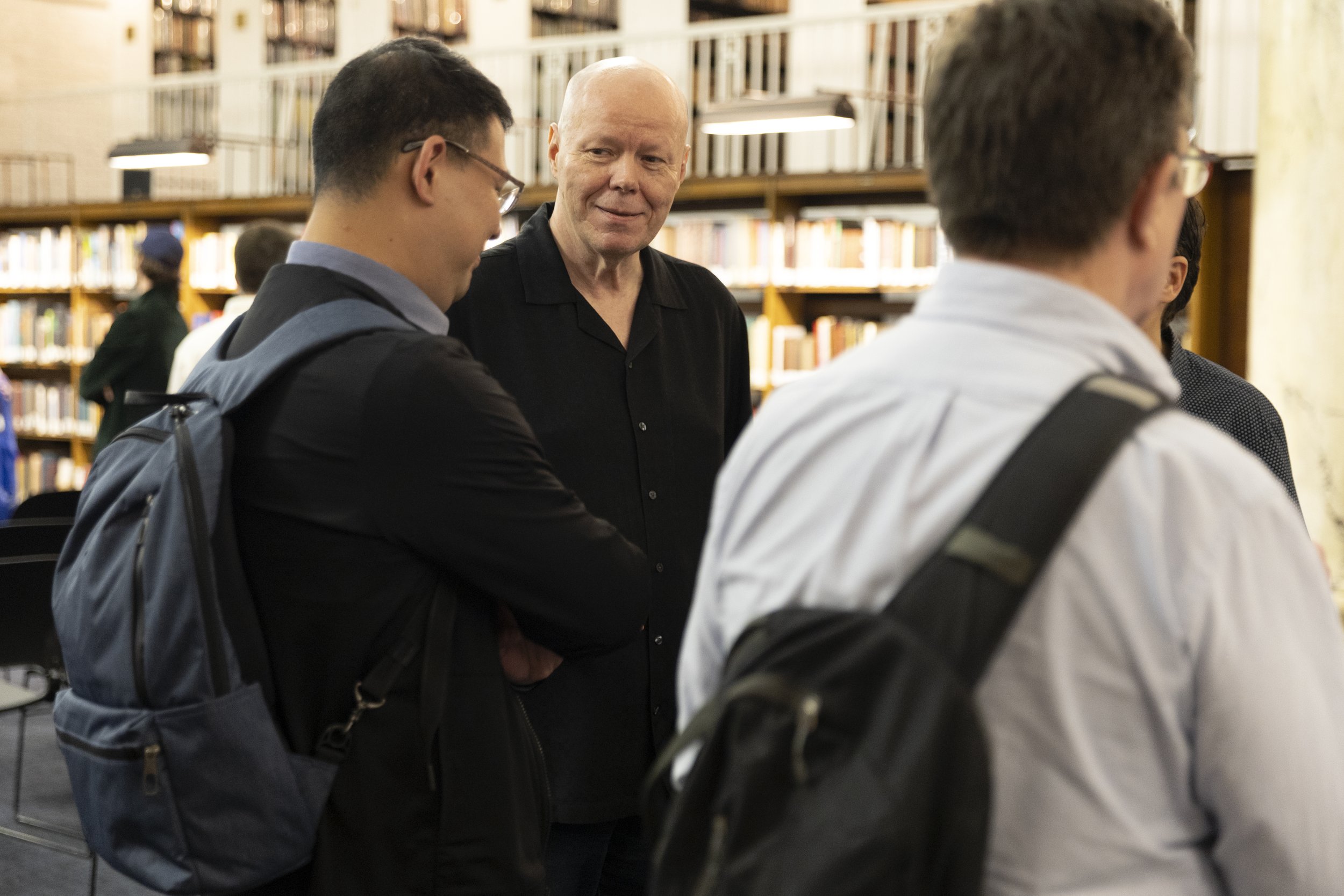
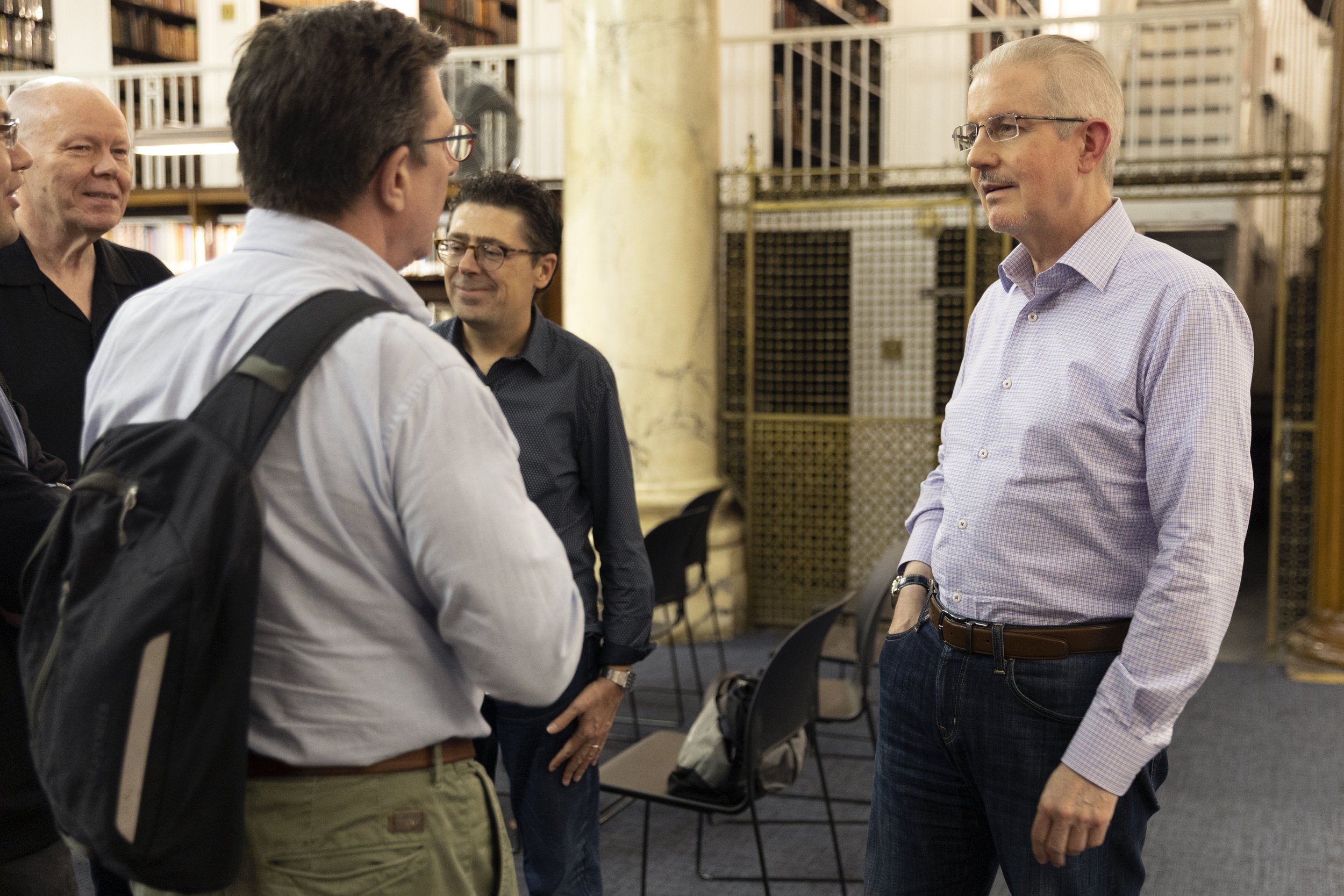

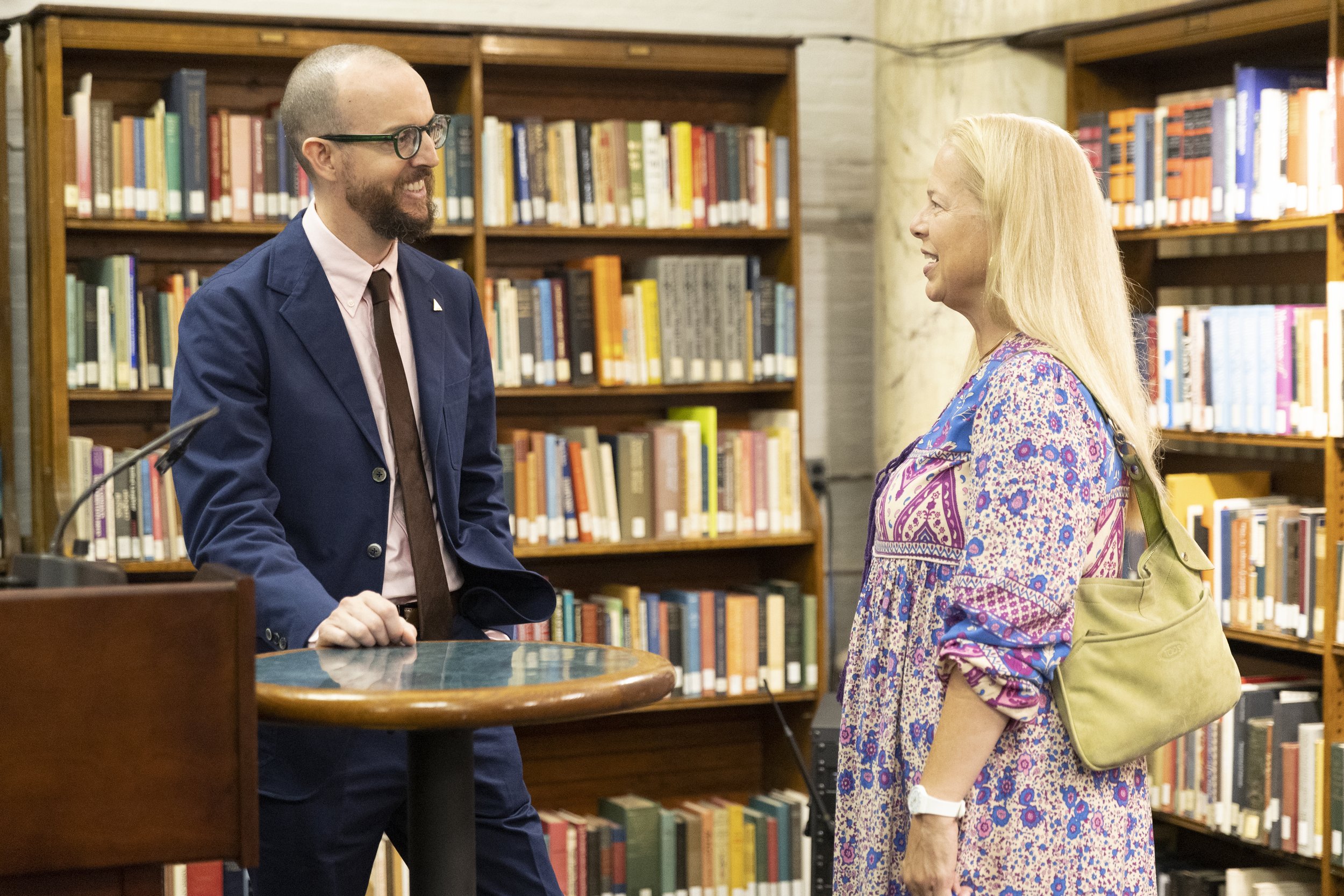

Submitted by Melody Benloss, Recording Secretary
Photography by Monica Schipper
